- Home
- Blog
-
Enthusiasms
-
London Fictions
>
-
A Mission in Kashmir
>
- Full text: A Mission in Kashmir
- 'The People's Militia: Communists and Kashmiri nationalism in the 1940s'
- The Rise and Fall of New Kashmir
- The Making of the 'New Kashmir' manifesto
- 'For the Conversion of Kashmir'
- 'I shall paint my nails with the blood of those that covet me'
- Freda Bedi looking 'From a Woman's Window' on Kashmir
- Kashmir 1947: Testimonies of a Contested History
- Kashmir @ 70
- Kashmir 47 Images
- Kashmir 47 on film
- Kashmir 47 in fiction
- Father Shanks's Kashmir 'Diary'
- Krishna Misri: 1947, a year of change
- Shanti Ambardar: Kashmir 1947
- The O'Brienites >
-
Clerkenwell
>
- NW5 and Around >
-
London Fictions
>
-
Voices
-
Partition Voices
>
- Partition Voices: L.K. Advani
- Partition Voices: Ram Advani
- Partition Voices: Qazi Ghulam Ajmiri
- Partition Voices: Angela Aranha
- Partition Voices: Helen Baldwin
- Partition Voices: Bali family
- Partition Voices: Edward Behr
- Partition Voices: Benazir Bhutto
- Partition Voices: H.K. Burki
- Partition Voices: Sailen Chatterjee
- Partition Voices: Pran Chopra
- Partition Voices: K.S. + Ayesha Duggal
- Partition Voices: Alys Faiz
- Partition Voices: Jugal Chandra Ghosh
- Partition Voices: Ashoka Gupta
- Partition Voices: I.K. Gujral
- Partition Voices: Syed Najmuddin Hashim
- Partition Voices: Khorshed Italia
- Partition Voices: Pran Nath Jalali
- Partition Voices: D.N. Kaul
- Partition Voices: Jolly Mohan Kaul
- Partition Voices: Basant Kaur
- Partition Voices: Betty Keyes
- Partition Voices: Sardar Abdul Qayyum Khan
- Partition Voices: Usha Khanna
- Partition Voices: Frank Leeson
- Partition Voices: Abdul Ghani Lone
- Partition Voices: Gopal 'Patha' Mukherjee
- Partition Voices: Kuldip Nayar
- Partition Voices: Amrita Pritam
- Partition Voices: Francis Rath
- Partition Voices: Annada Sankar Ray
- Partition Voices: Bhisham Sahni
- Partition Voices: Sat Paul Sahni
- Partition Voices: Sir Ian Scott
- Partition Voices: Sir Paul Scott
- Partition Voices: Sheila Sengupta
- Partition Voices: Mahmooda Ahmad Ali Shah + Sajida Zameer Ahmad
- Partition Voices: Bapsi Sidhwa & Urvashi Butalia
- Partition Voices: Air Marshal Arjan Singh
- Partition Voices: Bir Bahadur Singh
- Partition Voices: Karan Singh
- Partition Voices: Khushwant Singh
- Partition Voices: Shingara Singh
- Partition Voices: H.S. Surjeet
- Partition Voices: Ben and Marguerite Suter
- Partition Voices: Leela Thompson
- Partition Voices: K.B. Vaid
- Kashmir Voices >
-
Communist Voices
>
- Communist Voices: Manmohan Adhikari
- Communist Voices: Jyoti Basu
- Communist Voices: Brian Bunting
- Communist Voices: Guillermo Cabrera Infante
- Communist Voices: Benoy Choudhury
- Communist Voices: Anima Dasgupta
- Communist Voices: Sailen Dasgupta
- Communist Voices: Denis Goldberg
- Communist Voices: Grootvlie miners
- Communist Voices: Indrajit Gupta
- Communist Voices: Chris Hani
- Communist Voices: Norman Le Brocq
- Communist Voices: Lionel Martin
- Communist Voices: Vishwanath Mathur
- Communist Voices: Geeta Mukherjee
- Communist Voices: E.M.S. Namboodiripad
- Communist Voices: John Rettie
-
Political Voices
>
- Political Voices: Sally Alexander
- Political Voices: Lou Appleton
- Political Voices: Murray Bookchin
- Political Voices: Fenner Brockway
- Political Voices: Tony Cliff
- Political Voices: Nellie Dick
- Political Voices: Leah Feldman
- Political Voices: Jeffrey Hamm
- Political Voices: Denis Healey
- Political Voices: Eric Hobsbawm
- Political Voices: Ian Mikardo
- Political Voices: Mick Mindel
- Political Voices: Adrian Mitchell
- Political Voices: Phil Piratin
- Political Voices: Betty Reid
- Political Voices: Fermin Rocker
- Political Voices: Ralph Russell
- Political Voices: John Saville
- Political Voices: Alfred Sherman
- Political Voices: Screaming Lord Sutch
- Political Voices: Dorothy Thompson
- Political Voices: E.P. Thompson
- Political Voices: Tom Wilson
- Political Voices: Harry Young
- The Land Song
- Harry Pollitt on disc
- The British New Left >
- South Asia
- Burma
-
Partition Voices
>
- Collecting
-
Radio Gems
- 'What's Left of Communism?'
- 'India: a people partitioned'
- India's Minorities
- Documentaries and Features
-
From Our Own Correspondent
>
- FOOC: Working at Westminster 1990
- FOOC: Ulster's Talking Shop 1991
- FOOC: House Rules at Westminster 1992
- FOOC: India's Red Fort State
- FOOC: Keeping Kosher in Cuba
- FOOC: Italy's Gourmand Communists 1992
- FOOC: Scoundrel Politicians - 1993
- FOOC: Kashmir's New Puritans 1993
- FOOC: The Rajah of Bihar 1993
- FOOC: Bringing the Gospel to Mizoram 1993
- FOOC: Netaji, India's Lost Leader 1994
- FOOC: A Self-Respect Wedding 1994
- FOOC: The Miseries of Manipur 1994
- FOOC: Village Bangladesh 1994
- FOOC: Indian Beauty 1995
- FOOC: Calcutta's Communists Discover Capitalism 1995
- FOOC: Localism in Ladakh 1995
- FOOC: Bhutan, not quite Paradise
- FOOC: Crime and Indian Politics 1995
- FOOC: Sonia Gandhi 1995
- FOOC: Sri Lanka's Missing Leaders 1995
- FOOC: India Votes 1996
- FOOC: Communism Revisited 1996
- FOOC: Nusrat Fateh Ali Khan 1996
- FOOC: Kerala's Jewish Community 1996
- FOOC: India's Corruption Scandals 1996
- FOOC: The Maldives Crowded Capital 1996
- FOOC: India's Polluted Capital 1996
- FOOC: Jinnah, Pakistan's Quaid 1997
- FOOC: Mauritius, an Indian Ocean melting pot
- FOOC: The Hijras Blessing 1998
- FOOC: Massacre at Baramulla 2003
- FOOC: An Old Photo from Kashmir 2007
- FOOC: Prosperity Driven from Detroit 2008
- FOOC: An Atheist in MLK's Atlanta2013
- FOOC: San Francisco's City Lights 2014
- FOOC: Kashmir Revisited 2014
- FOOC: By Ferry in Burma 2014
- FOOC: Toyah's Grave 2017
- FOOC: The Tibetan Colony in Kashmir 2017
- FOOC: Stars of Tamil Politics 2018
- FOOC: Koreans in Chennai 2018
- FOOC: Epitaph to Empire 2019
- FOOC: Armenians in India 2019
- FOOC: Lahore's Bradlaugh Hall 2020
- FOOC: Chennai and the British Empire 2023
- What's your favourite political song?
- London Snapshots
- Writing
- Gallery
- Contact
|
It's taken a while. But the reviews are now coming in of my book, A Devilish Kind of Courage: Anarchists, Aliens and the Siege of Sidney Street (published by Reaktion Books, hardback, illustrated and really nicely produced and only £15.99!) Here's a taster: 'Through careful use of police documents, as well as reports in the contemporary Yiddish press, Whitehead renders their [Latvian anarchists'] world in vivid detail: the reader sees the cheap furniture in rented rooms lit by sputtering gas lamps, the love affairs that would sometimes blossom briefly between comrades, and the details of their shared dreams about transforming their homeland.' - TLS 'With its themes of immigration, xenophobia, antisemitism and foreign atrocities on English soil, Whitehead's book is contemporary and relevant. His meticulous research is lightly worn in a book that propels the reader forward in lively, elegant prose.' - The Critic 'brilliantly recounts the events' - Camden New Journal '[This] well-researched and detailed book looks like being the definitive study' - Socialist Standard 'a comprehensible and readable narrative' - Socialist History Society Newsletter 'a master class in social history' - Policing and Society 'This book has certainly renewed my interest in East End Jewish Radicals before the First World War and brings a human side to an important period in working-class politics in East London. I would thoroughly recommend it.' - Socialist History It's particularly wonderful to have a full, and appreciative, review in the hugely prestigious TLS (behind a subscription paywall). Here's what Josh Ireland made of the book in a piece entitled - inevitable really - 'Anarchy in the UK'. Anarchy in the UK: The story of the siege of Sidney Street By Josh Ireland May 17, 2024 A DEVILISH KIND OF COURAGE Anarchists, aliens and the siege of Sidney Street 320pp. Reaktion. £15.99. Andrew Whitehead A few days before Christmas in 1910, a gang of Latvian anarchists (nobody knows exactly how many were involved) tried to tunnel their way into a jeweller’s shop on Houndsditch in London. Had they been successful they would have escaped with a haul worth, in today’s terms, more than a million pounds – money they could have used to fund the struggle against tsarist repression back home. Instead they were interrupted after a neighbour noticed the noise they were making. When police arrived to stop them, the thieves opened fire, killing three officers and leaving two others seriously wounded. One robber was hit by one of his comrades’ bullets and died within hours. The others slipped away. On January 3, 1911, two of the criminals were tracked down to a house in Stepney, 100 Sidney Street. Aware that they were outgunned, the police on the scene appealed for help from the army, who sent Scots Guards equipped with machineguns and horse-pulled artillery (not used). A siege ensued; it went on for six hours, during which time the building caught fire. Nobody intervened. When the authorities picked through the still-hot wreckage, they found two bodies. One gunman had been shot; the other had died from smoke inhalation. This was clearly a tragedy, but it was also a spectacle exhilarating enough to draw tens of thousands of spectators and grab the attention of the young home secretary, Winston Churchill, who quickly – and many would say rashly – involved himself in proceedings. (It was Churchill who ordered that the fire brigade should not try to quench the blaze consuming the thieves’ hideout.) The incident shocked the population, who were not used to the sound of gunfire and had barely registered the existence of the foreign anarchists living among them. It remains the bloodiest day in the history of London’s police. It is also – along with the Iranian embassy siege of 1980 – the only time in history that troops have opened fire in the British capital. So perhaps it’s no surprise that even before the rubble had been cleared and the bodies carried away, the story was acquiring the dimensions of a myth. The fault line between what actually happened and what the world believed, or wanted to believe, is the focus of Andrew Whitehead’s A Devilish Kind of Courage. The author patiently explores the haphazard community of Latvian anarchists and their mingling with the other eastern European migrants in the East End. The threads he takes up lead him from Russian prison cells to the streets of Melbourne. Those most directly concerned with the Houndsditch operation – and both men and women played significant roles – were almost all members of a mysterious group known as Liesma, the Latvian word for flame. Through careful use of police documents, as well as reports in the contemporary Yiddish press, Whitehead renders their world in vivid detail: the reader sees the cheap furniture in rented rooms lit by sputtering gas lamps, the love affairs that would sometimes blossom briefly between two comrades, and the details of their shared dreams about transforming their homeland. A Devilish Kind of Courage also shows how impressions of the anarchists were shaped by the lurid coverage they received from a news media that was itself in the process of being transformed. Printing innovations allowed the sale of halfpenny daily newspapers, which attracted a new mass readership in search of sensationalist accounts. Action photographs had begun to replace artists’ sketches and newsreel cinematography meant that dramatic footage of the day’s events could be shown in cinemas in a matter of hours. The result of all this was that events could be reported more quickly and in greater detail than ever. But it also meant that myths could be created with unprecedented speed. Inaccuracies, exaggerations and outright falsehoods could swiftly appear in print (or on screen) and, once these phantasms were out in the world, it was harder than ever before to dispel them. The few anarchists unfortunate enough to be swept up by the police in the siege’s aftermath were not given the chance to correct the record. More than 100 years later, Andrew Whitehead’s book makes a strong attempt to do so on their behalf. Josh Ireland is a writer based in London. He is the author of The Traitors, 2017, and Churchill & Son, 2021 So I am well pleased with that. And with Mark Glanville's review in the June issue of The Critic - also entitled 'Anarchy in the UK'. And there's another very positive and full review by Dan Carrier in the Camden New Journal which is of course - and you should know this - the UK weekly newspaper of the year. (This review also appeared in the Westminster Extra and the Islington Tribune). You want more? Well, here's a recording of the book's launch at the Owl Bookshop in Kentish Town - with many thanks to friend, neigbour and camera operator extraordinaire, Brian Kelly: I've recorded an audio essay with the title 'The Anarchist Big Three and the Siege of Sidney Street', which you can find here. And here Im am talking at the Hackney History Festival -
0 Comments
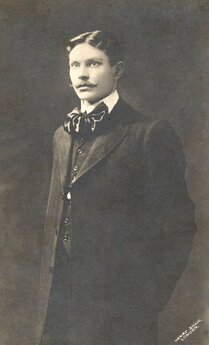 Fritz Svaars Fritz Svaars It’s taken more than a century for Fritz Svaars’ last letter to reach his family in Latvia. He wrote it a day or two before his death while hiding in a lodging house in London’s East End. Svaars was a Latvian political exile, an anarchist, wanted for his role in the murder of three London police officers during a botched robbery attempt. His letter home was both an extenuation of his conduct and a farewell. ‘[T]hey are looking for us everywhere’, he wrote – the ‘whole of London is buried in police’. He knew the chances of escape were slim. ‘Two weeks I’ve been on the run. How much longer I can manage, I don’t know’, Svaars scribbled. ‘If I’m lucky then I’ll still live and I’ll share joy and sadness with you, and if not, you also know that at some time that same hour will come to you and you’ll be ashes the same as everyone.’ As a precaution, Svaars placed the letter in an envelope addressed in Latvian, contained in another envelope with an address written in Russia, the language of Latvia’s then rulers. He entrusted this letter to a comrade to send back to the Baltic. That comrade was an informer. He handed over the letter to the police and also passed on word of where the two wanted men were hiding - in a second floor room at 100 Sidney Street in Stepney. That led – on 3rd January 1911 - to the most sensational shoot-out in London’s history. Two gunmen with semi-automatic pistols and a seemingly inexhaustible supply of ammunition kept police and troops at bay for six hours in what became known as the Siege of Sidney Street. Bullets ricocheted off the walls; East Enders thronged in their thousands to catch a glimpse of the drama; reporters secured a vantage point on the roof of a local pub; as many as five newsreel operators filmed silent footage of the encounter. Winston Churchill, then the Home Secretary, rushed top-hatted to the scene. When the besieged house caught fire, Churchill personally forbade the fire brigade from dousing the flames. The charred remains of Svaars and his fellow gunman were found amid the embers. He had died of smoke suffocation. Svaars’ six-page handwritten letter is now lodged in the London Metropolitan Archive, amid the voluminous archives of the City of London Police. These police records are the main source for my book, A Devilish Kind of Courage: Anarchists, Aliens and the Siege of Sidney Street. Two weeks before the shoot-out, City police had interrupted an attempt by an armed gang to burrow into a jeweller’s shop in Houndsditch. The robbers shot their way out, killing three police officers and seriously injuring two others – the worst single incident in the history of London’s police. The gunmen also inadvertently shot and injured one of their gang, George Gardstein, who died the following morning in lodgings shared by Fritz Svaars and another of the anarchist group known only by his assumed name of Peter the Painter. Many of the photographs and other documents seized by the police as they searched suspects’ rooms are among the police records. The images are bewitching. Among them are studio photographs of young men and women taken in what is now Poland, Ukraine, Belarus or Latvia – frustratingly, almost all are unlabelled, though a few have brief jottings in Latvian, Russian or Yiddish. I had the good fortune to have a friend, Tania, who spoke Latvian. She helped me to translate the Latvian inscriptions on some of the photos. Then, as the book was going to press, she got in touch with exciting news. She’d just been in the Latvian capital, Riga, and by chance she had met a woman who was related to Fritz Svaars (known in the Latvian style as Fricis Svare). Over Zoom, Liene, an estate agent in Riga, and her mother, Margarita, a maths professor, told me of their connection to the Svaars family. Margarita is the great-granddaughter of Fritz’s sister, Olga – the older woman had helped care for Margarita when she was a young child. The family still has a bible inscribed by Fritz’s father, a policeman, and a rich cache of sepia-tinged photos. As Margarita was growing up, no one spoke much about Fritz. Family elders said he had been ‘lost in the war’ – though they never said which war or where and how he died. During the decades that Latvia was under Soviet rule, loose talk about an armed anarchist forbear could bring unwelcome attention. Once Latvia gained independence in the early 1990s, there was more scope to talk about the past. Margarita became aware that one of her relatives had been a Latvian nationalist and leftist, a rebel, who met a violent death abroad. Although my book was written and ready to publish, with no prospect of including more than the briefest mention of the family in Riga, I wanted to see Liene and Margarita – and to give them a copy of Fritz’s plaintive and painful letter. It was about time that missive was delivered to its intended recipients. We met in a smart Chinese restaurant in Riga, a city of great architectural distinction in spite of the wars repeatedly waged over it. Margarita and her daughter shared what they knew of Fritz – that he had been active in Latvia’s unsuccessful revolution in 1905, which demanded both social justice and an end to the rule of the Russian Tsar, and that like so many young Latvians of that era he was forced to flee. Margarita struggled at first with the archaic form of Latvian that Fritz wrote in. ‘The letter has a feeling of doom’, she said having managed to make sense of it. ‘There’s a feeling of likely death – a sense of fear. It’s quite depressing.’ Liene and Margarita are neither proud nor ashamed of their gun-toting forbear. It’s part of Latvia’s tormented twentieth century history – a nation repeatedly occupied and fought over. They were anxious to understand more about Fritz and his comrades, what propelled them to become gunmen, why they were in London and how he died. I promised them they would be the first to get a copy of my book. It’s on its way. This column of red granite at the City of London cemetery near Ilford pays tribute to three police officers shot dead while trying to stop an armed robbery of a jeweller's shop by Latvian political emigres. The burial plots of Sergeant Charles Tucker and Sergeant Robert Bentley lie side-by-side. The third policeman, Constable Walter Choat, is buried at Byfleet. The three police officers died late on the evening of 16 December 1910. Never before had three London police officers been killed in the same incident - and it has only happened once since. Inscriptions on the column reveal that the wife and son of Sergeant Tucker are also buried here. So too is the three-year old son of Sergeant Bentley, who was born five days after his father died. Tragedy on top of tragedy. On the centenary of the killings, the Corporation of the City of London placed a memorial plaque - rather anonymous and easily missed - close to the site of the shootings on Cutler Street. The would-be robbers were revolutionary expropriators. They were seeking to burrow in to the back of a jewellery shop at 119 Houndsditch from what was then Exchange Buildings. As well as the three police officers who died, one of the robbers suffered fatal injuries when shot by accident by an associate. In this 1913 map, Exchange Buildings is marked in pink. Although all the buildings from that era have gone from the area around the scene of the shootings, the street lay-out hasn't changed, and nor has the numbering of buildings on Houndsditch. 119 Houndsditch is now part of a Starbucks! While Exchange Buildings has long gone, there's a yard with an entrance from Cutler Street which marks the spot. In the photo below, the full length window is at the back of Starbucks. This was also very probably the location of the back wall of the jeweller's shop in 1910. Exchange Buildings - three storeys with a single room on each floor and a tiny back yard with a sink and an outside loo - would have stood on this small car park space. When police tried to find out why there was banging and drilling late on as Friday night, the expropriators came out firing. Just here! Two weeks later, two of the gunmen were tracked down to a room in Stepney and perished in what became known as the Siege of Sidney Street. But that's another story ...
This is Peter the Painter - fashionably dressed and with a splendid moustache. He looks like a pillar of the establishment. In fact, he was quite the opposite and part of a long line of anti-heroes in the East End of London. Peter was a Latvian anarchist and nationalist who was believed to be a central figure in two sensational incidents of violence. The first was in December 1910, when a group of Latvian emigres were interrupted while trying to break through a party wall into a jeweller's shop in Houndsditch in the City of London. Three unarmed policemen were shot dead - and one of the gang died from shots fired by an accomplice. A couple of weeks later - in January 1911 - two of the suspected gunmen were tracked down to a room at 100 Sidney Street in Stepney. A shoot-out lasting six hours ensued, and ended only when the house caught fire. Both gunmen died at the scene. It's probable that Peter the Painter was neither at Houndsditch at the time of the shoot-out nor involved in the 'Siege of Sidney Street', but helped by his alliterative nom de guerre and the wanted posters put out by the police, he became something of a legend: the criminal mastermind who managed to get away. The conventional account of Peter the Painter is that his identity has never been ascertained. In fact, the City of London police were confident that they could put a name to him by the close of 1912. But he wasn't in Britain and they had no evidence sufficient to secure extradition, so they kept quiet. The anarchist and historian Phil Ruff has told the story of the afterlife of Peter the Painter, in as much as it can be retrieved, in his book A Towering Flame. At the weekend, I strolled round the City and adjoining East End in the footsteps of Peter the Painter. HOUNDSDITCH Harris's jewellers was on the north side of Houndsditch just beyond the junction with Cutler Street. Nowadays there's not a single building within 100 yards of the spot that was there back in 1910. But the street layout is much the same. (And there at the eastern end of Houndsditch you can see St Botolph's, Aldgate - often regarded as the entry point to the East End.) The gang sought to burrow in from the back of the shop, having taken a tenancy on a tiny house in 11 Exchange Buildings, the outside loo of which shared a wall with the jeweller's. Those buildings are long gone - but what was Exchange Buildings remains a yard with an entrance on Cutler Street.
|
Andrew Whitehead's blogWelcome - read - comment - throw stones - pick up threads - and tell me how to do this better! Archives
July 2024
Categories
All
|
- Home
- Blog
-
Enthusiasms
-
London Fictions
>
-
A Mission in Kashmir
>
- Full text: A Mission in Kashmir
- 'The People's Militia: Communists and Kashmiri nationalism in the 1940s'
- The Rise and Fall of New Kashmir
- The Making of the 'New Kashmir' manifesto
- 'For the Conversion of Kashmir'
- 'I shall paint my nails with the blood of those that covet me'
- Freda Bedi looking 'From a Woman's Window' on Kashmir
- Kashmir 1947: Testimonies of a Contested History
- Kashmir @ 70
- Kashmir 47 Images
- Kashmir 47 on film
- Kashmir 47 in fiction
- Father Shanks's Kashmir 'Diary'
- Krishna Misri: 1947, a year of change
- Shanti Ambardar: Kashmir 1947
- The O'Brienites >
-
Clerkenwell
>
- NW5 and Around >
-
London Fictions
>
-
Voices
-
Partition Voices
>
- Partition Voices: L.K. Advani
- Partition Voices: Ram Advani
- Partition Voices: Qazi Ghulam Ajmiri
- Partition Voices: Angela Aranha
- Partition Voices: Helen Baldwin
- Partition Voices: Bali family
- Partition Voices: Edward Behr
- Partition Voices: Benazir Bhutto
- Partition Voices: H.K. Burki
- Partition Voices: Sailen Chatterjee
- Partition Voices: Pran Chopra
- Partition Voices: K.S. + Ayesha Duggal
- Partition Voices: Alys Faiz
- Partition Voices: Jugal Chandra Ghosh
- Partition Voices: Ashoka Gupta
- Partition Voices: I.K. Gujral
- Partition Voices: Syed Najmuddin Hashim
- Partition Voices: Khorshed Italia
- Partition Voices: Pran Nath Jalali
- Partition Voices: D.N. Kaul
- Partition Voices: Jolly Mohan Kaul
- Partition Voices: Basant Kaur
- Partition Voices: Betty Keyes
- Partition Voices: Sardar Abdul Qayyum Khan
- Partition Voices: Usha Khanna
- Partition Voices: Frank Leeson
- Partition Voices: Abdul Ghani Lone
- Partition Voices: Gopal 'Patha' Mukherjee
- Partition Voices: Kuldip Nayar
- Partition Voices: Amrita Pritam
- Partition Voices: Francis Rath
- Partition Voices: Annada Sankar Ray
- Partition Voices: Bhisham Sahni
- Partition Voices: Sat Paul Sahni
- Partition Voices: Sir Ian Scott
- Partition Voices: Sir Paul Scott
- Partition Voices: Sheila Sengupta
- Partition Voices: Mahmooda Ahmad Ali Shah + Sajida Zameer Ahmad
- Partition Voices: Bapsi Sidhwa & Urvashi Butalia
- Partition Voices: Air Marshal Arjan Singh
- Partition Voices: Bir Bahadur Singh
- Partition Voices: Karan Singh
- Partition Voices: Khushwant Singh
- Partition Voices: Shingara Singh
- Partition Voices: H.S. Surjeet
- Partition Voices: Ben and Marguerite Suter
- Partition Voices: Leela Thompson
- Partition Voices: K.B. Vaid
- Kashmir Voices >
-
Communist Voices
>
- Communist Voices: Manmohan Adhikari
- Communist Voices: Jyoti Basu
- Communist Voices: Brian Bunting
- Communist Voices: Guillermo Cabrera Infante
- Communist Voices: Benoy Choudhury
- Communist Voices: Anima Dasgupta
- Communist Voices: Sailen Dasgupta
- Communist Voices: Denis Goldberg
- Communist Voices: Grootvlie miners
- Communist Voices: Indrajit Gupta
- Communist Voices: Chris Hani
- Communist Voices: Norman Le Brocq
- Communist Voices: Lionel Martin
- Communist Voices: Vishwanath Mathur
- Communist Voices: Geeta Mukherjee
- Communist Voices: E.M.S. Namboodiripad
- Communist Voices: John Rettie
-
Political Voices
>
- Political Voices: Sally Alexander
- Political Voices: Lou Appleton
- Political Voices: Murray Bookchin
- Political Voices: Fenner Brockway
- Political Voices: Tony Cliff
- Political Voices: Nellie Dick
- Political Voices: Leah Feldman
- Political Voices: Jeffrey Hamm
- Political Voices: Denis Healey
- Political Voices: Eric Hobsbawm
- Political Voices: Ian Mikardo
- Political Voices: Mick Mindel
- Political Voices: Adrian Mitchell
- Political Voices: Phil Piratin
- Political Voices: Betty Reid
- Political Voices: Fermin Rocker
- Political Voices: Ralph Russell
- Political Voices: John Saville
- Political Voices: Alfred Sherman
- Political Voices: Screaming Lord Sutch
- Political Voices: Dorothy Thompson
- Political Voices: E.P. Thompson
- Political Voices: Tom Wilson
- Political Voices: Harry Young
- The Land Song
- Harry Pollitt on disc
- The British New Left >
- South Asia
- Burma
-
Partition Voices
>
- Collecting
-
Radio Gems
- 'What's Left of Communism?'
- 'India: a people partitioned'
- India's Minorities
- Documentaries and Features
-
From Our Own Correspondent
>
- FOOC: Working at Westminster 1990
- FOOC: Ulster's Talking Shop 1991
- FOOC: House Rules at Westminster 1992
- FOOC: India's Red Fort State
- FOOC: Keeping Kosher in Cuba
- FOOC: Italy's Gourmand Communists 1992
- FOOC: Scoundrel Politicians - 1993
- FOOC: Kashmir's New Puritans 1993
- FOOC: The Rajah of Bihar 1993
- FOOC: Bringing the Gospel to Mizoram 1993
- FOOC: Netaji, India's Lost Leader 1994
- FOOC: A Self-Respect Wedding 1994
- FOOC: The Miseries of Manipur 1994
- FOOC: Village Bangladesh 1994
- FOOC: Indian Beauty 1995
- FOOC: Calcutta's Communists Discover Capitalism 1995
- FOOC: Localism in Ladakh 1995
- FOOC: Bhutan, not quite Paradise
- FOOC: Crime and Indian Politics 1995
- FOOC: Sonia Gandhi 1995
- FOOC: Sri Lanka's Missing Leaders 1995
- FOOC: India Votes 1996
- FOOC: Communism Revisited 1996
- FOOC: Nusrat Fateh Ali Khan 1996
- FOOC: Kerala's Jewish Community 1996
- FOOC: India's Corruption Scandals 1996
- FOOC: The Maldives Crowded Capital 1996
- FOOC: India's Polluted Capital 1996
- FOOC: Jinnah, Pakistan's Quaid 1997
- FOOC: Mauritius, an Indian Ocean melting pot
- FOOC: The Hijras Blessing 1998
- FOOC: Massacre at Baramulla 2003
- FOOC: An Old Photo from Kashmir 2007
- FOOC: Prosperity Driven from Detroit 2008
- FOOC: An Atheist in MLK's Atlanta2013
- FOOC: San Francisco's City Lights 2014
- FOOC: Kashmir Revisited 2014
- FOOC: By Ferry in Burma 2014
- FOOC: Toyah's Grave 2017
- FOOC: The Tibetan Colony in Kashmir 2017
- FOOC: Stars of Tamil Politics 2018
- FOOC: Koreans in Chennai 2018
- FOOC: Epitaph to Empire 2019
- FOOC: Armenians in India 2019
- FOOC: Lahore's Bradlaugh Hall 2020
- FOOC: Chennai and the British Empire 2023
- What's your favourite political song?
- London Snapshots
- Writing
- Gallery
- Contact

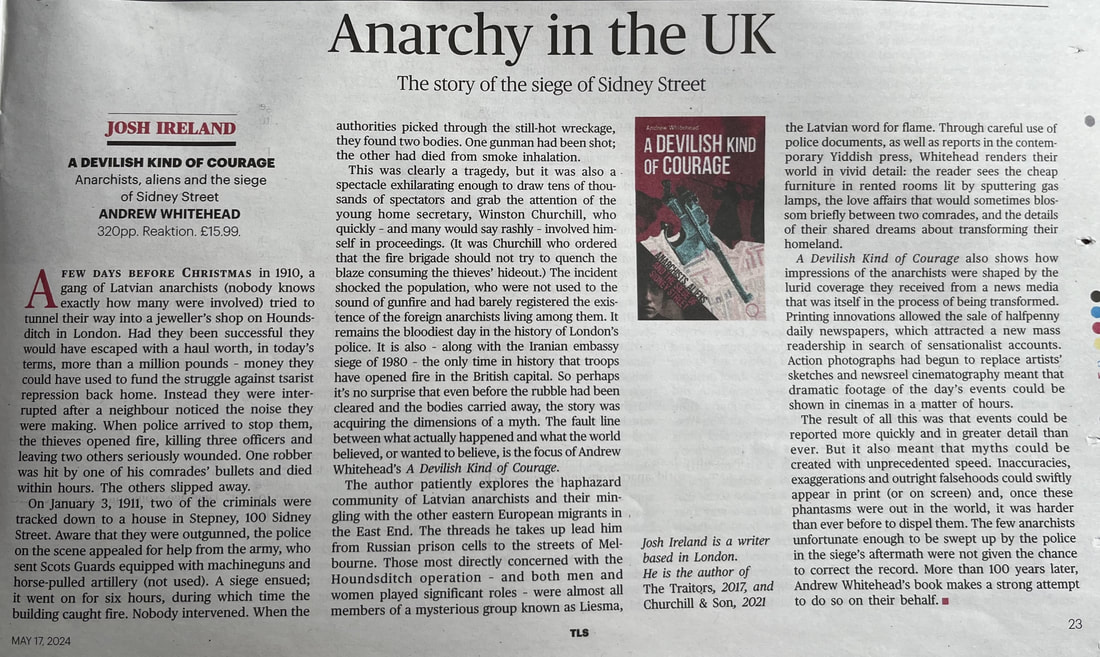

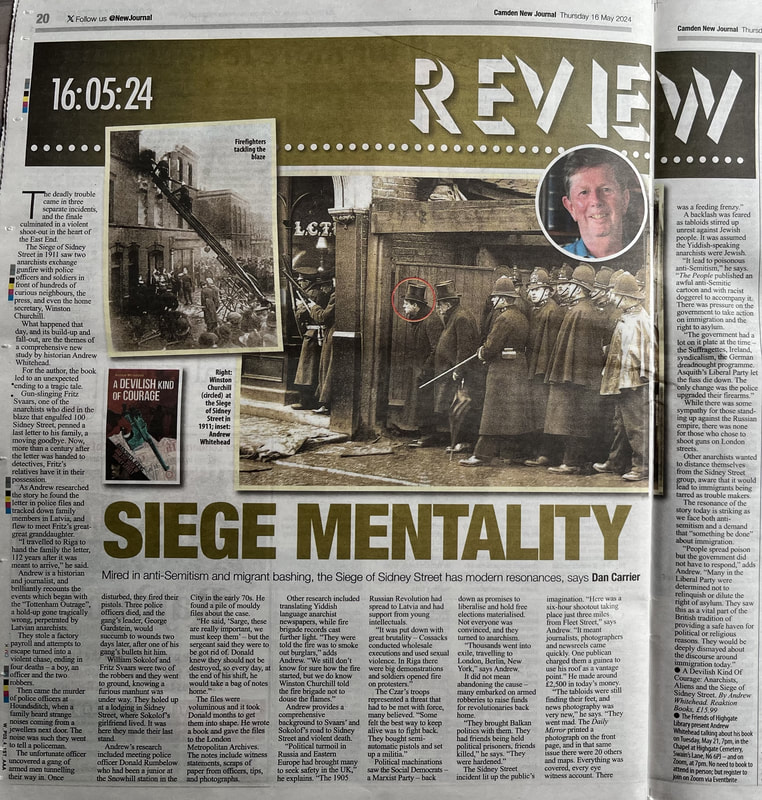
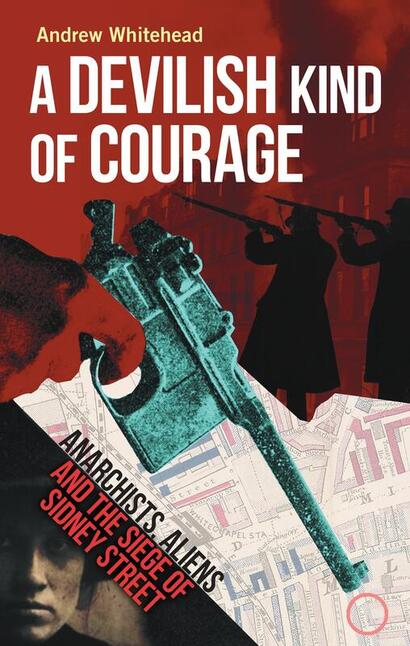
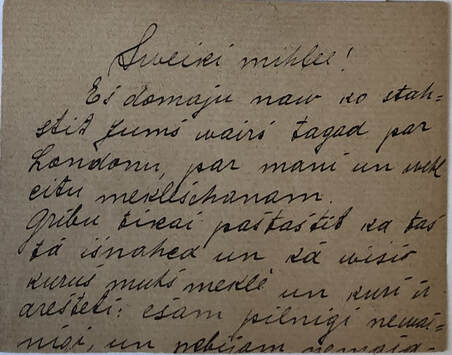
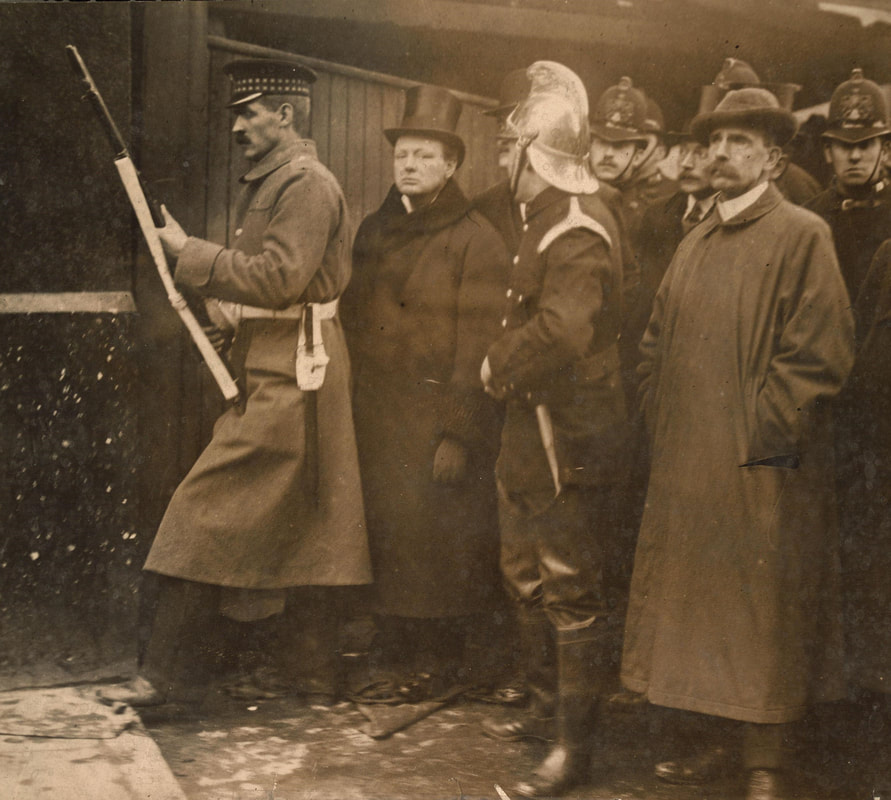
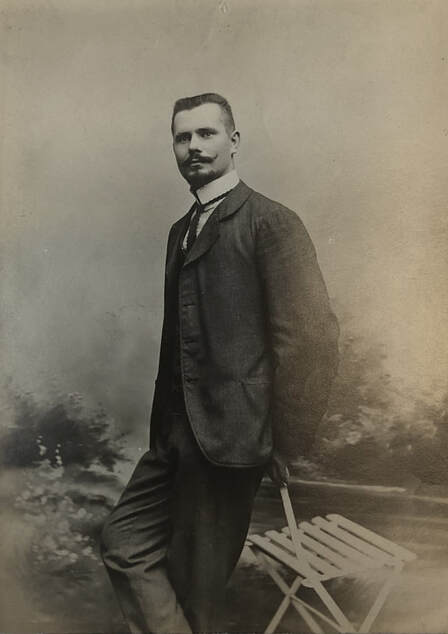
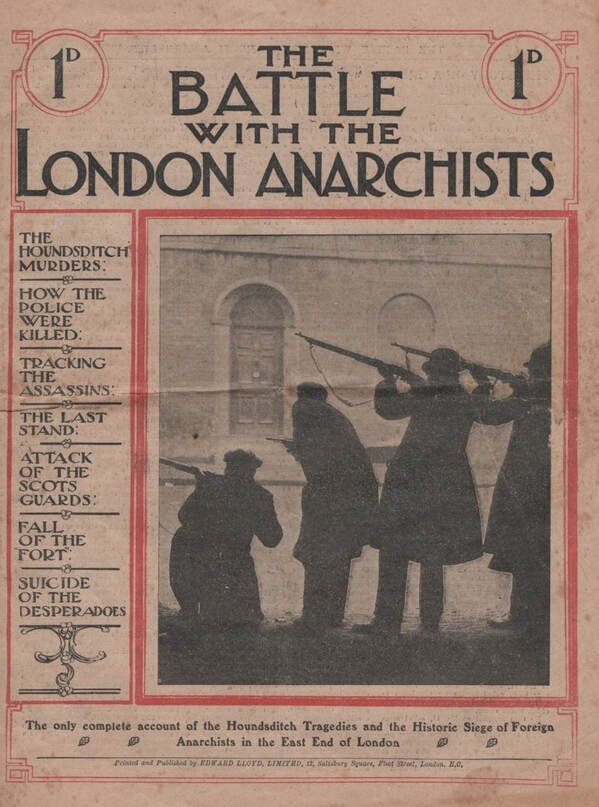
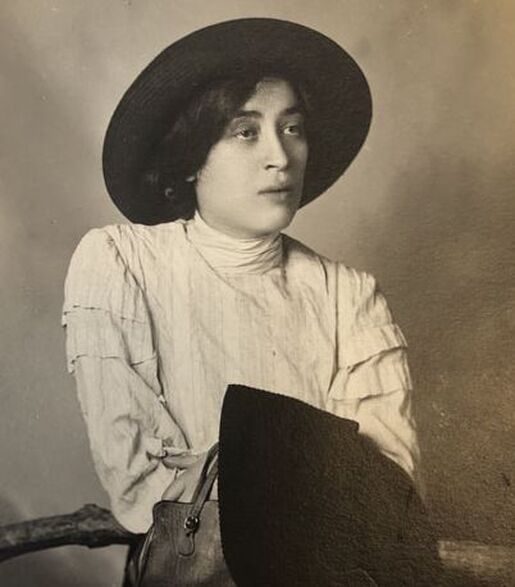
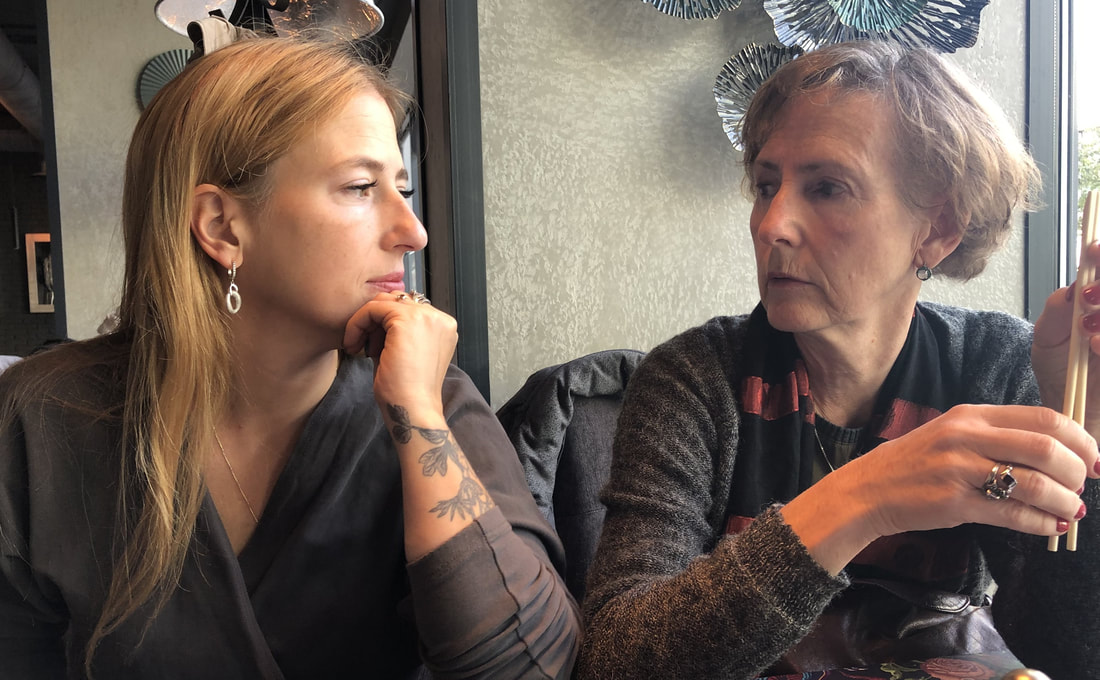
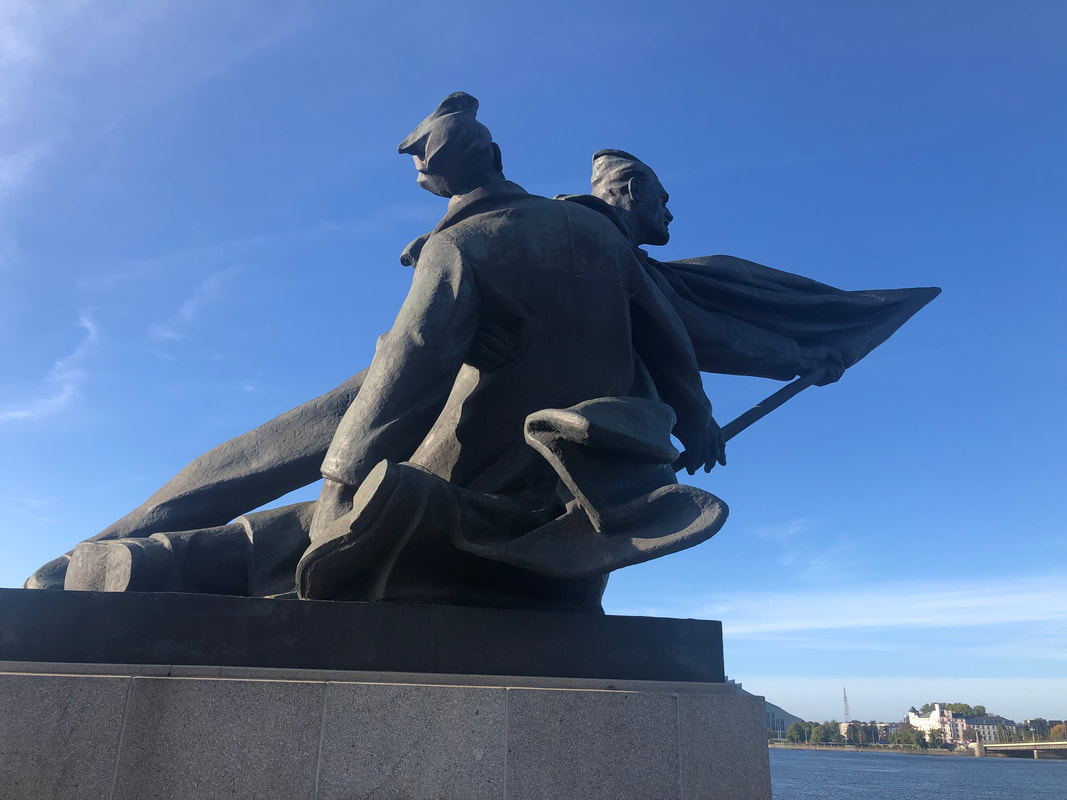
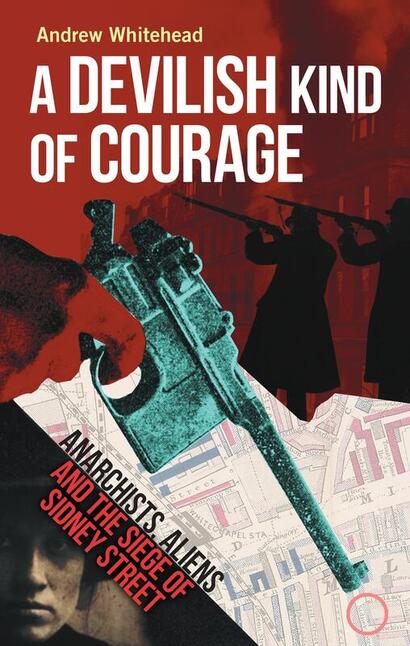
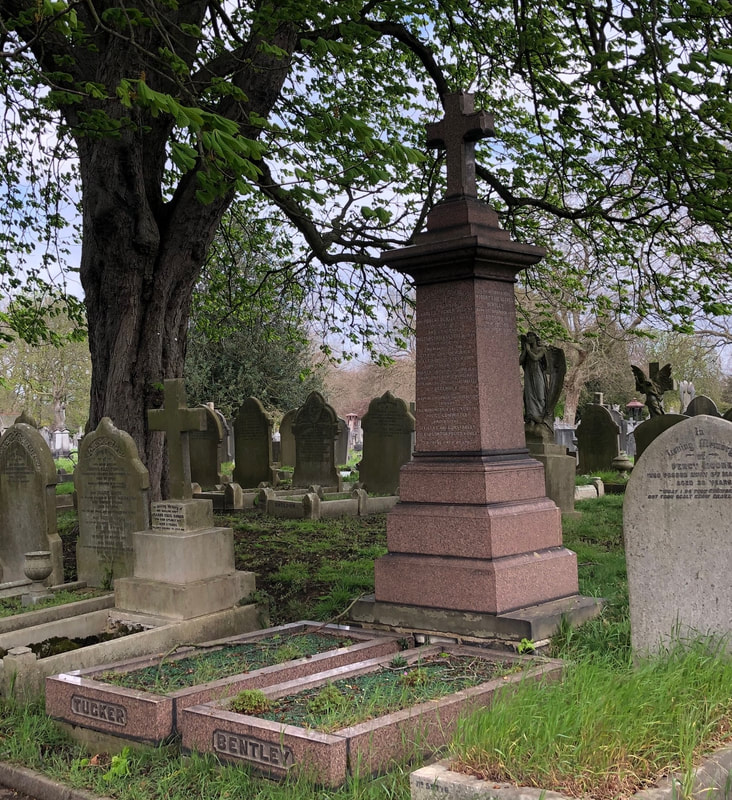
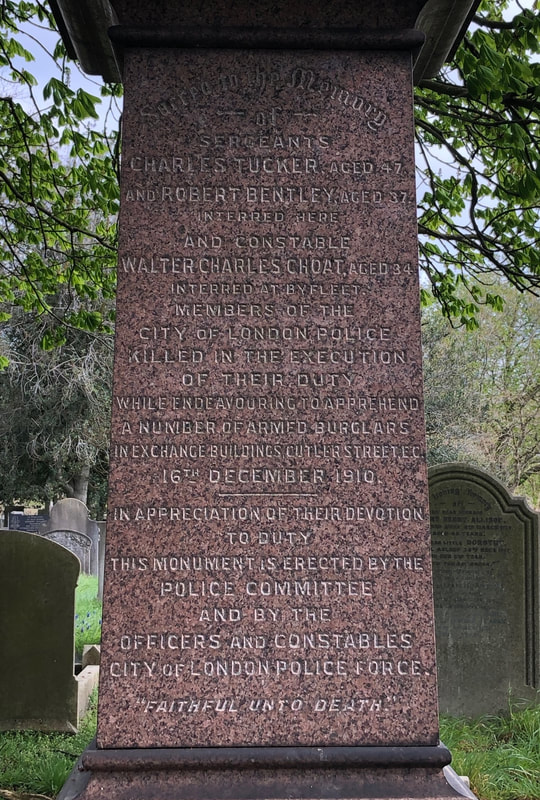
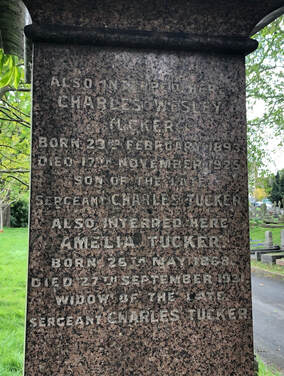
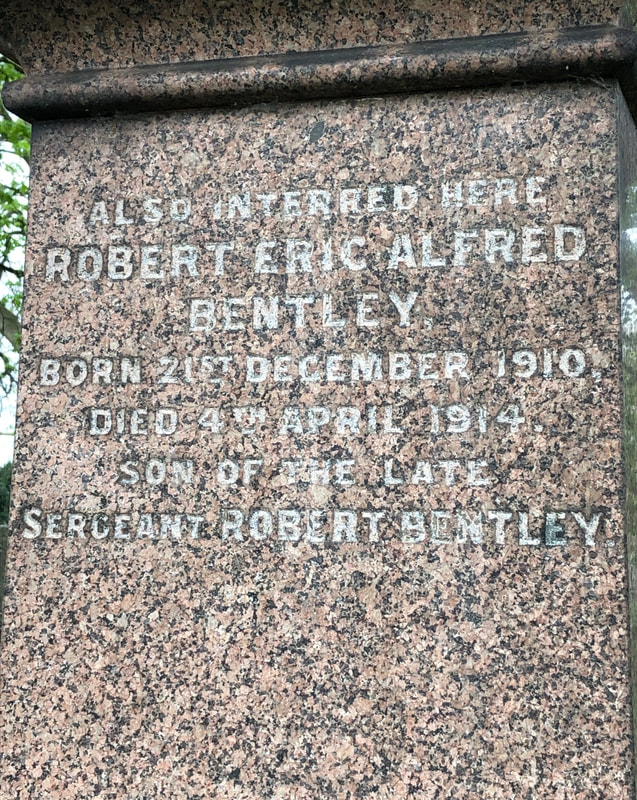
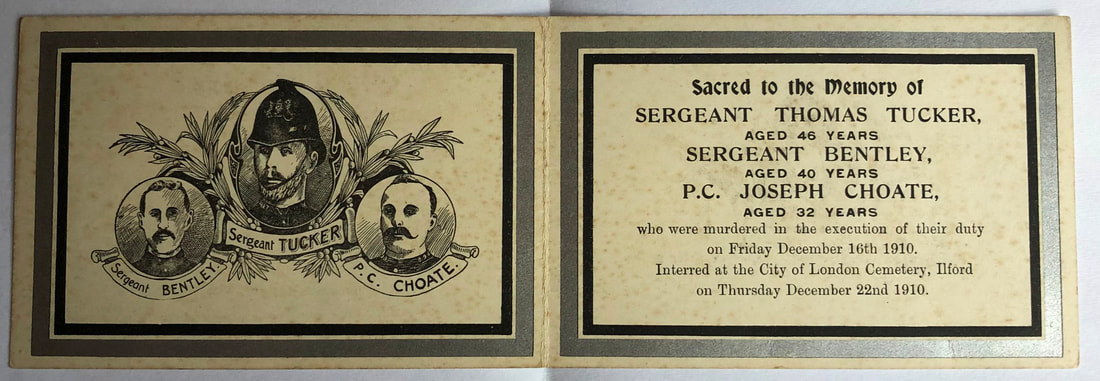
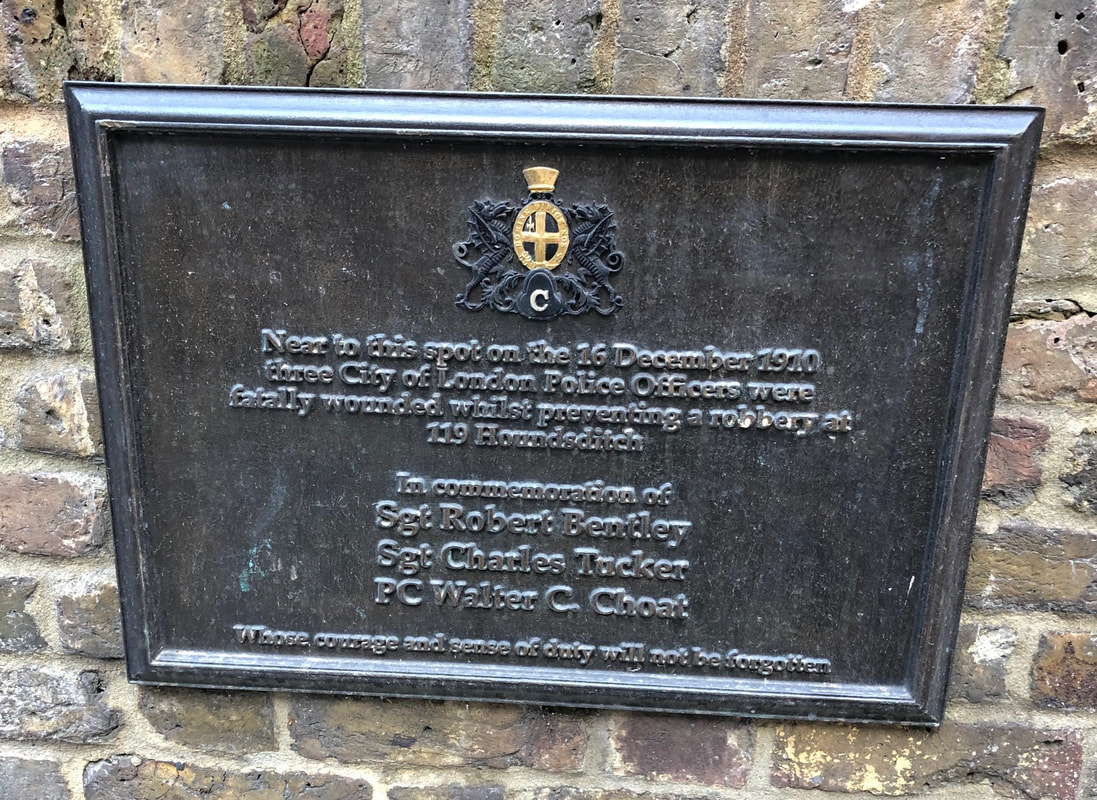
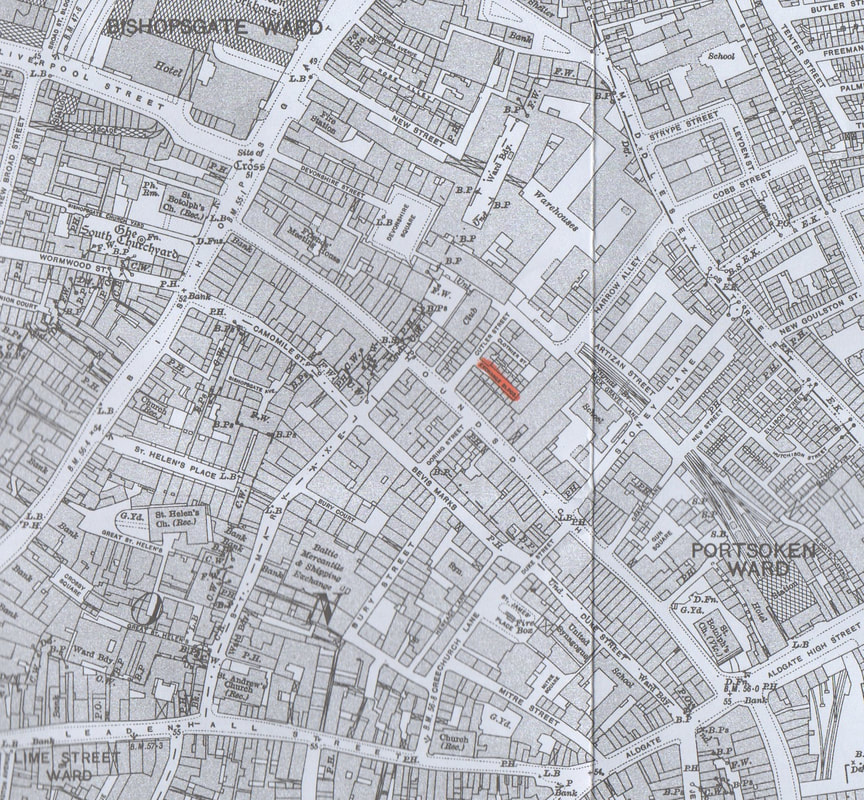
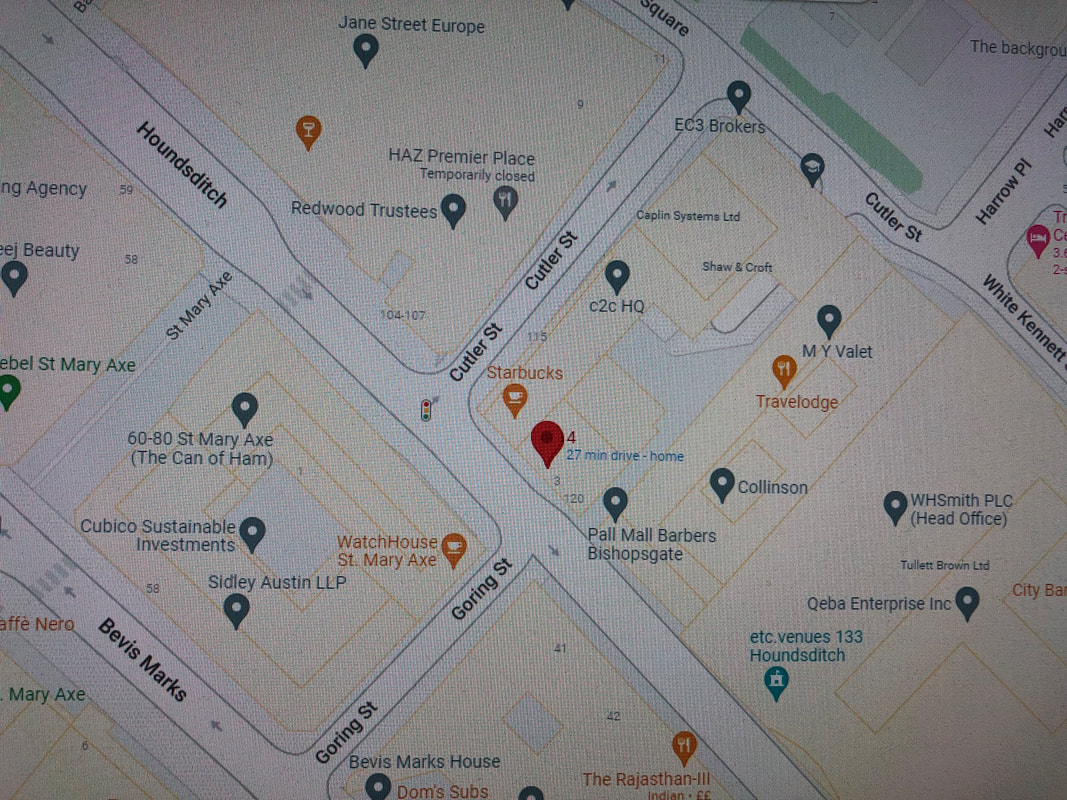
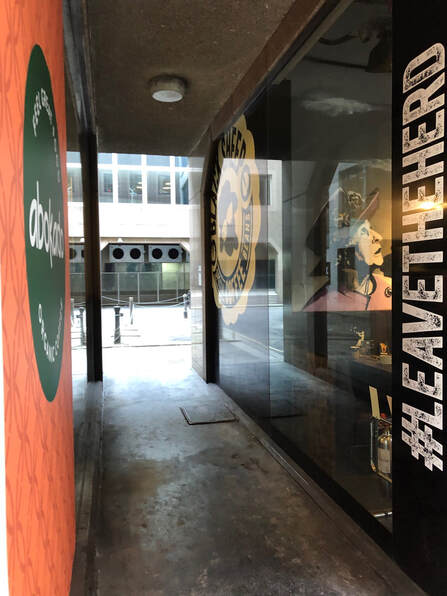
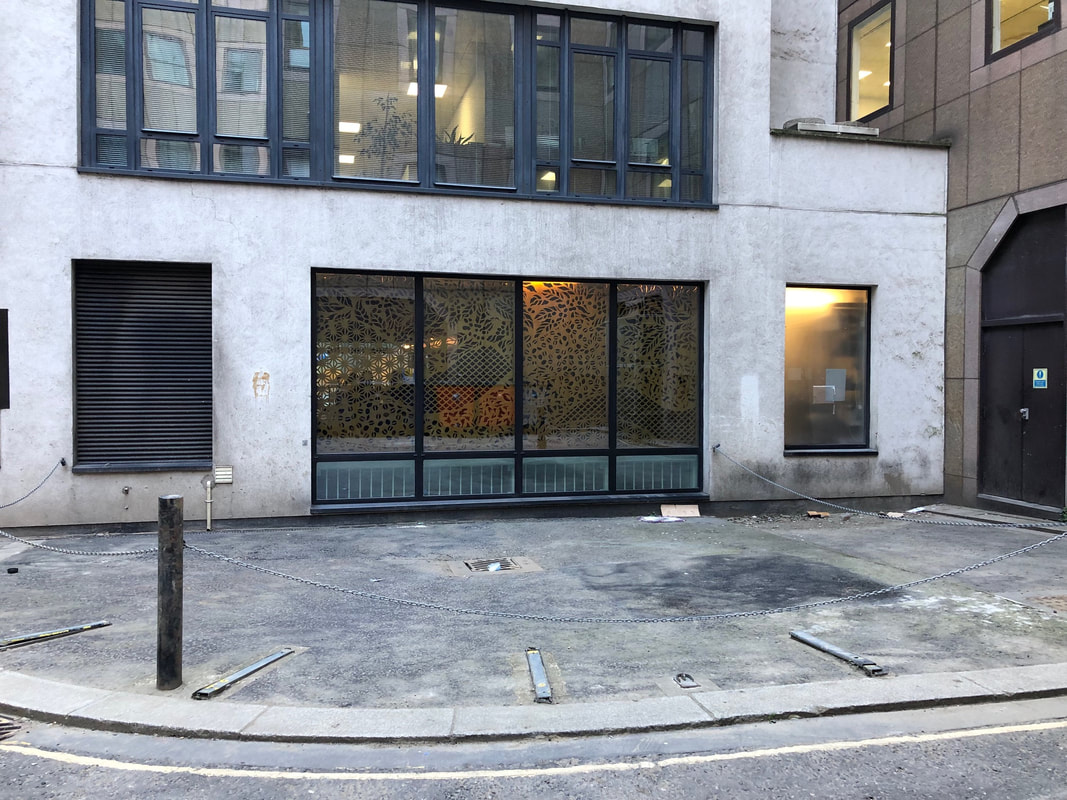
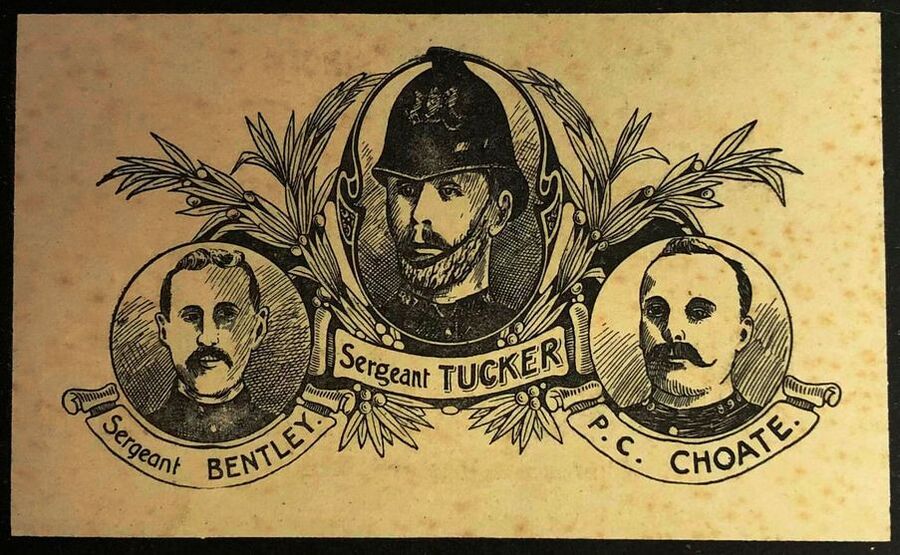
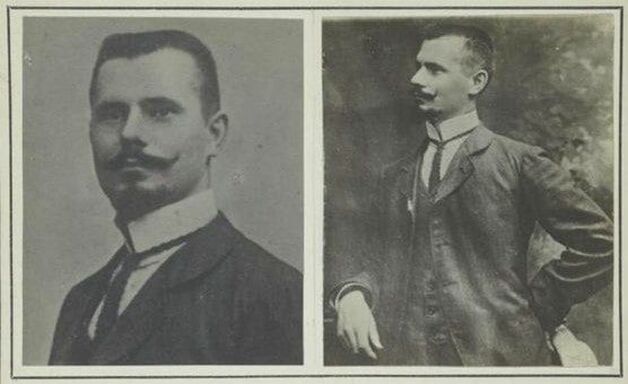
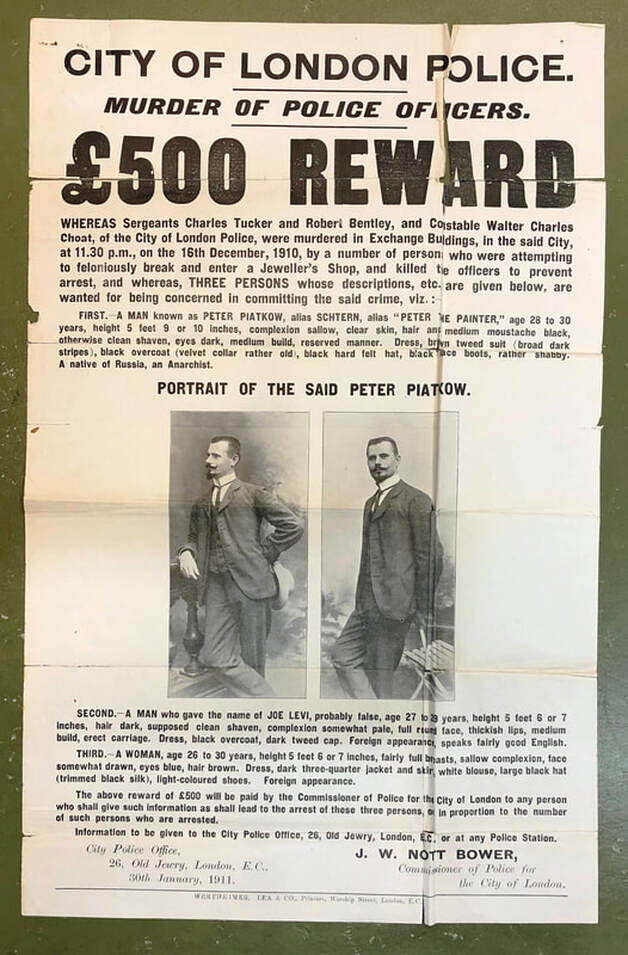
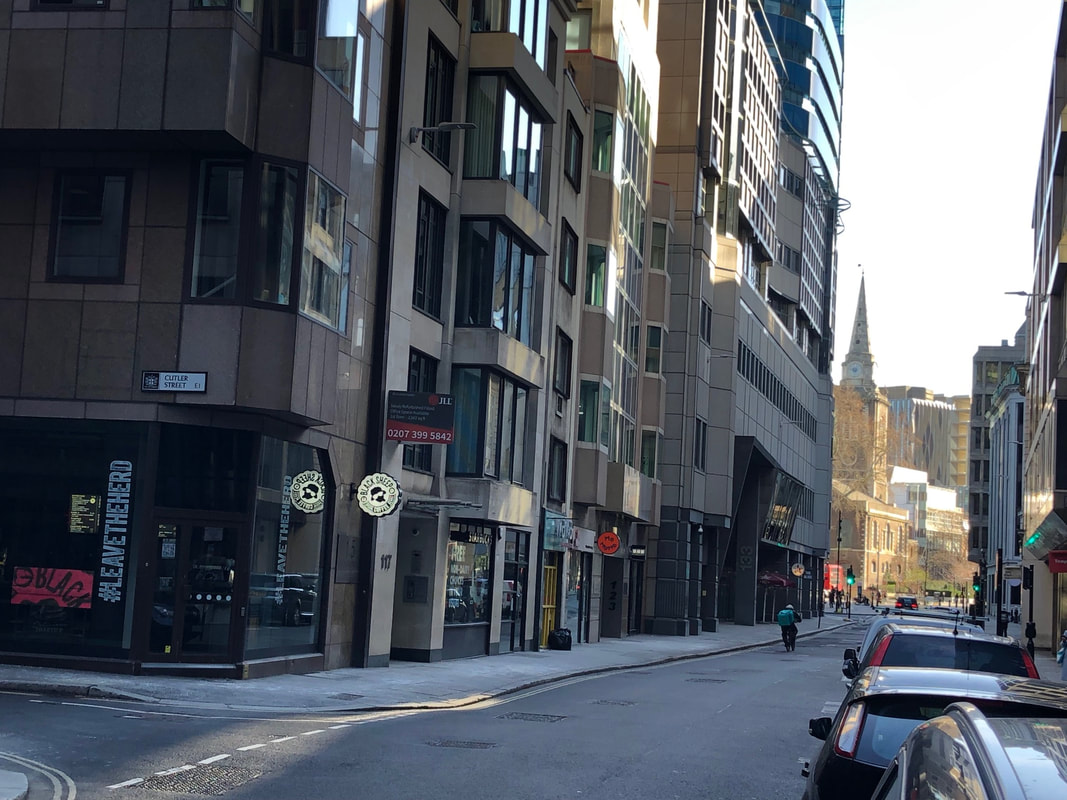
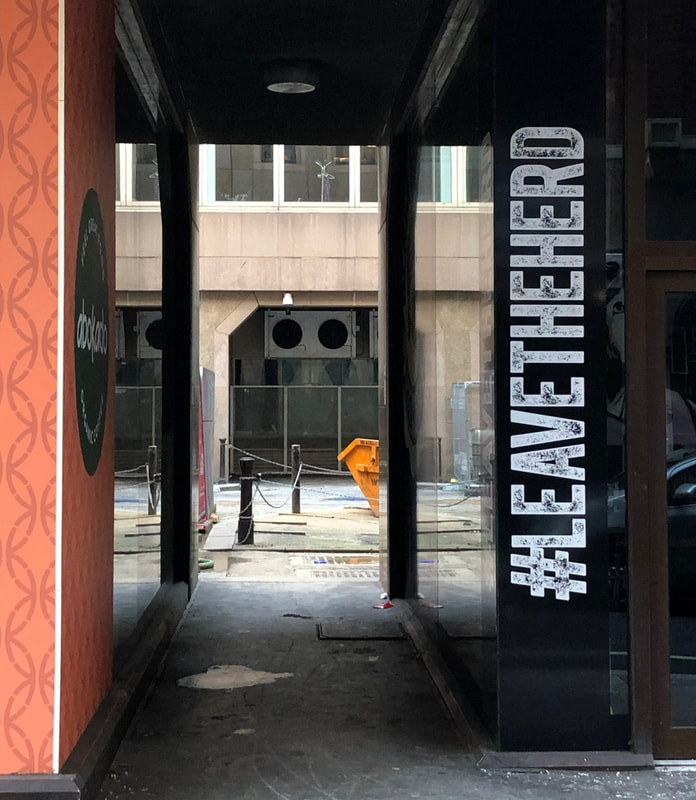
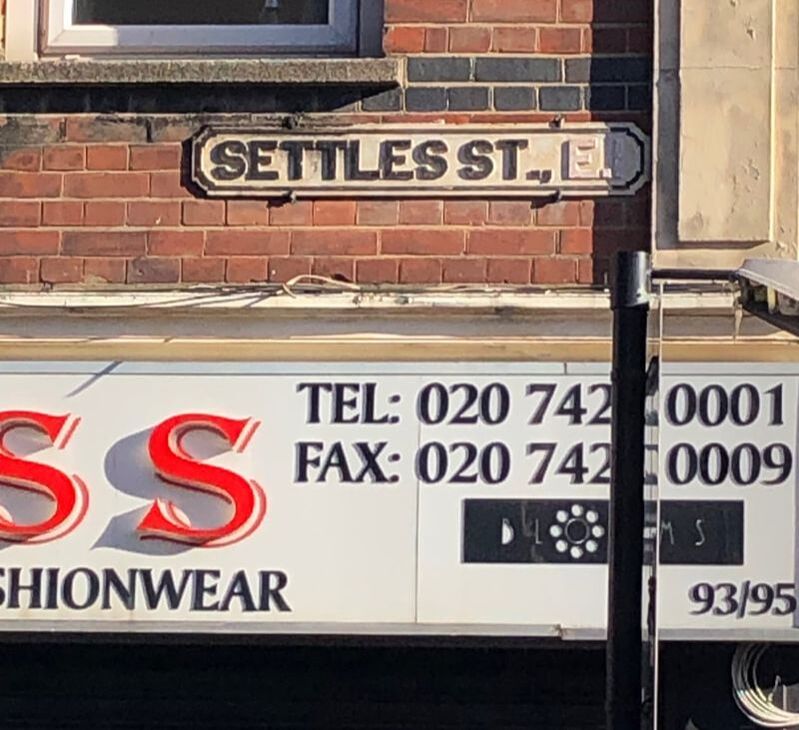
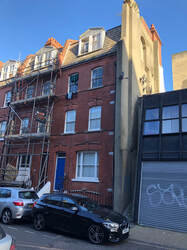

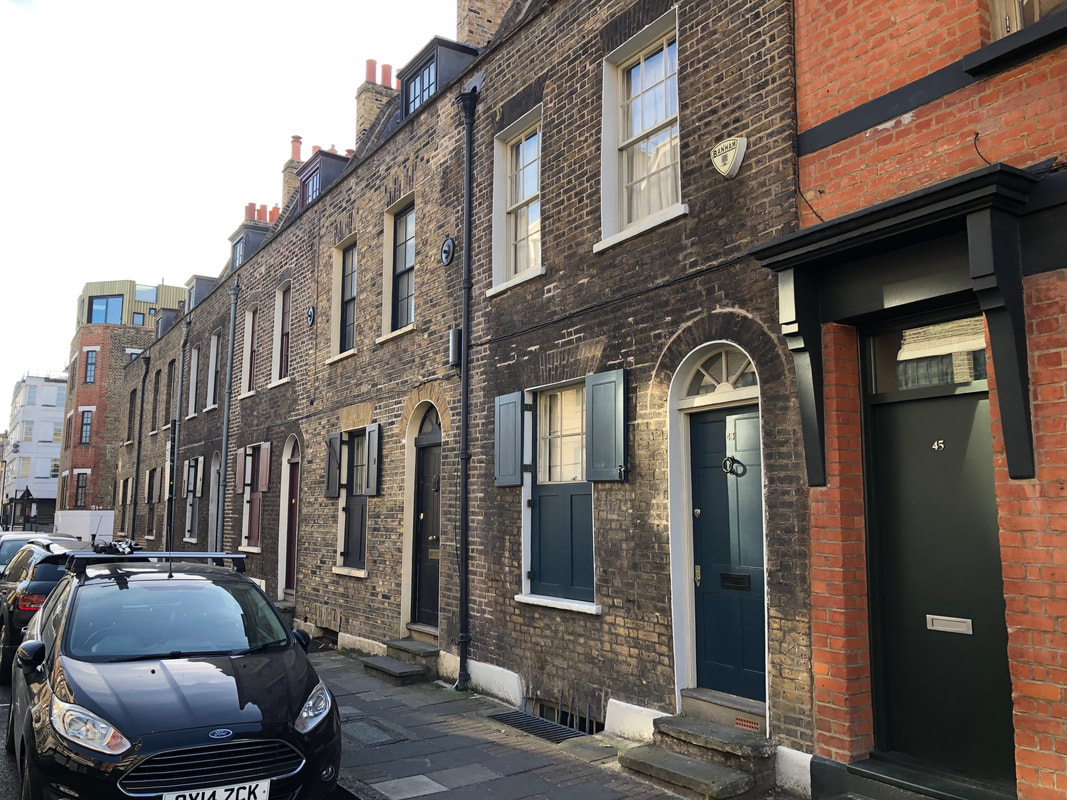
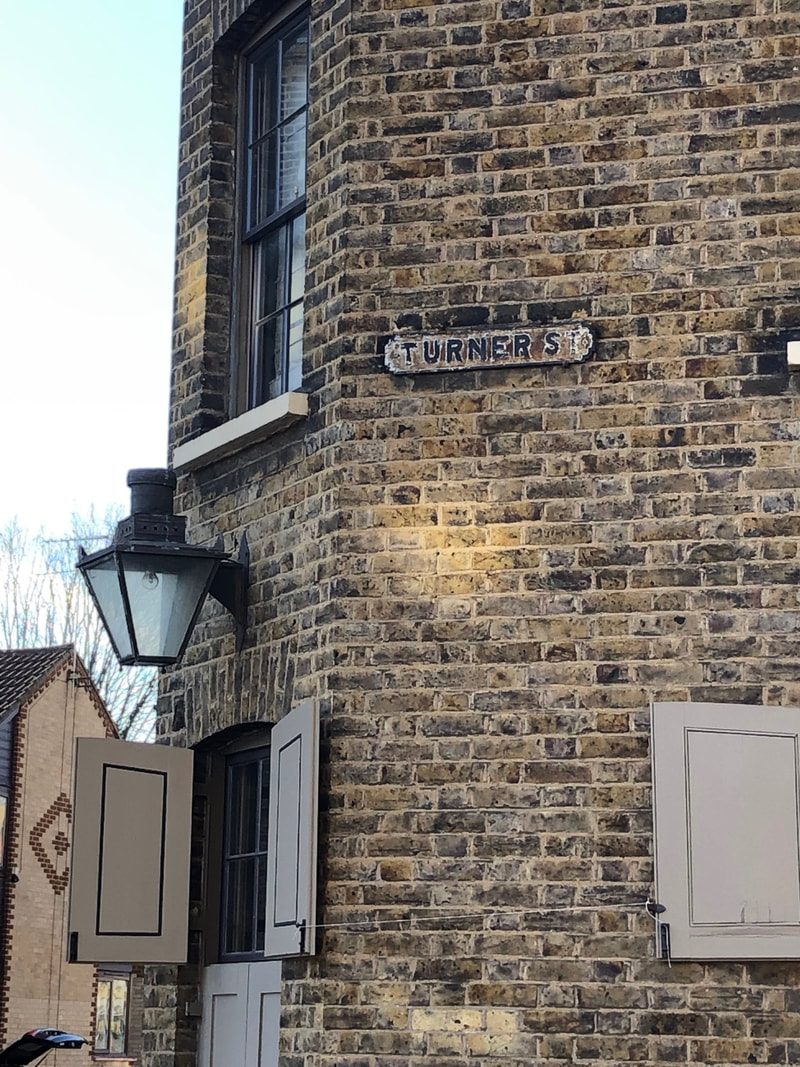
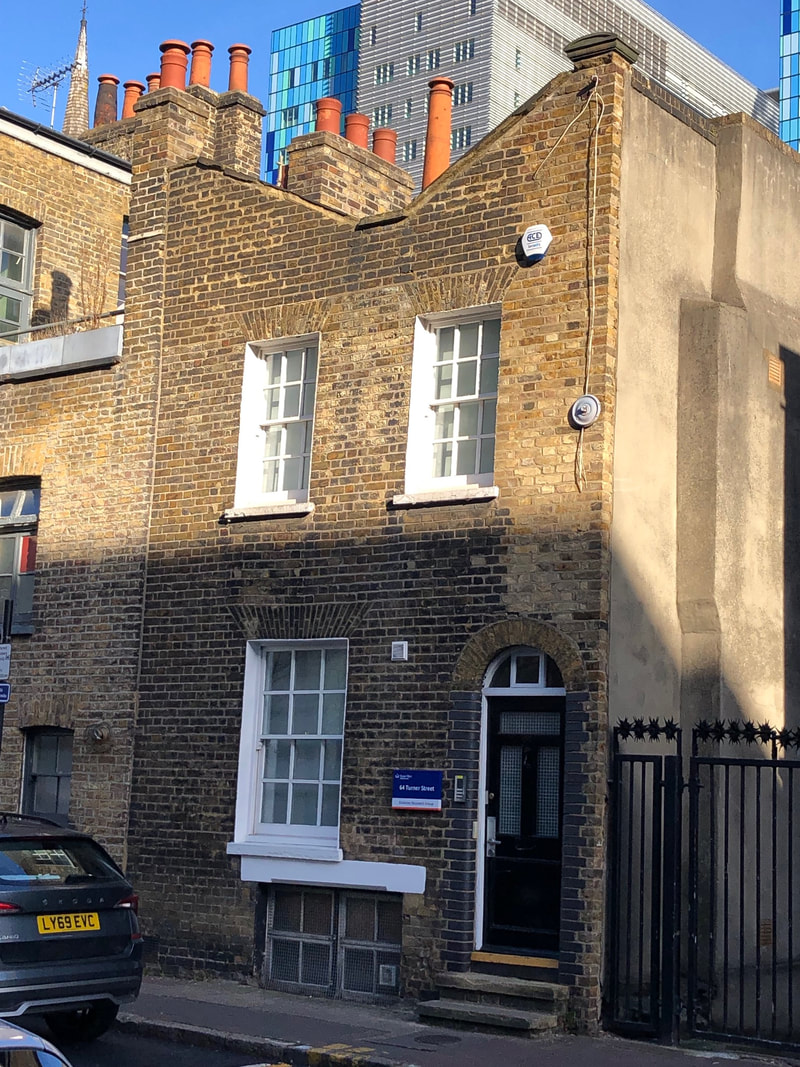
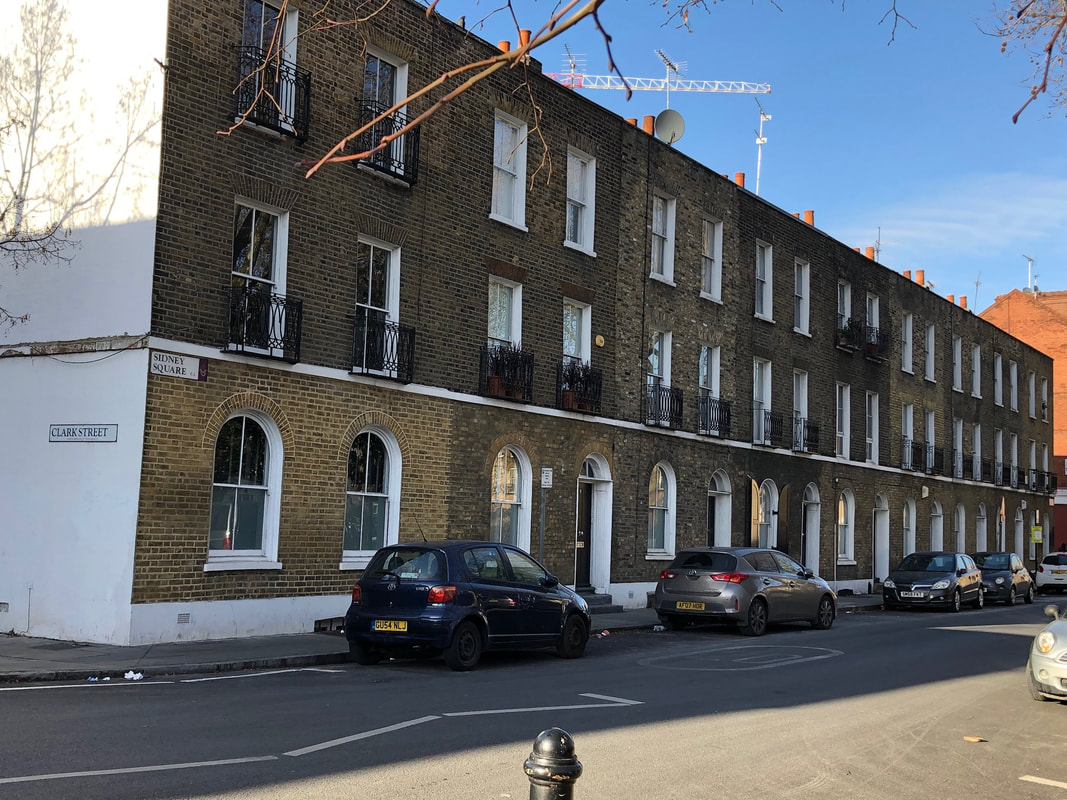
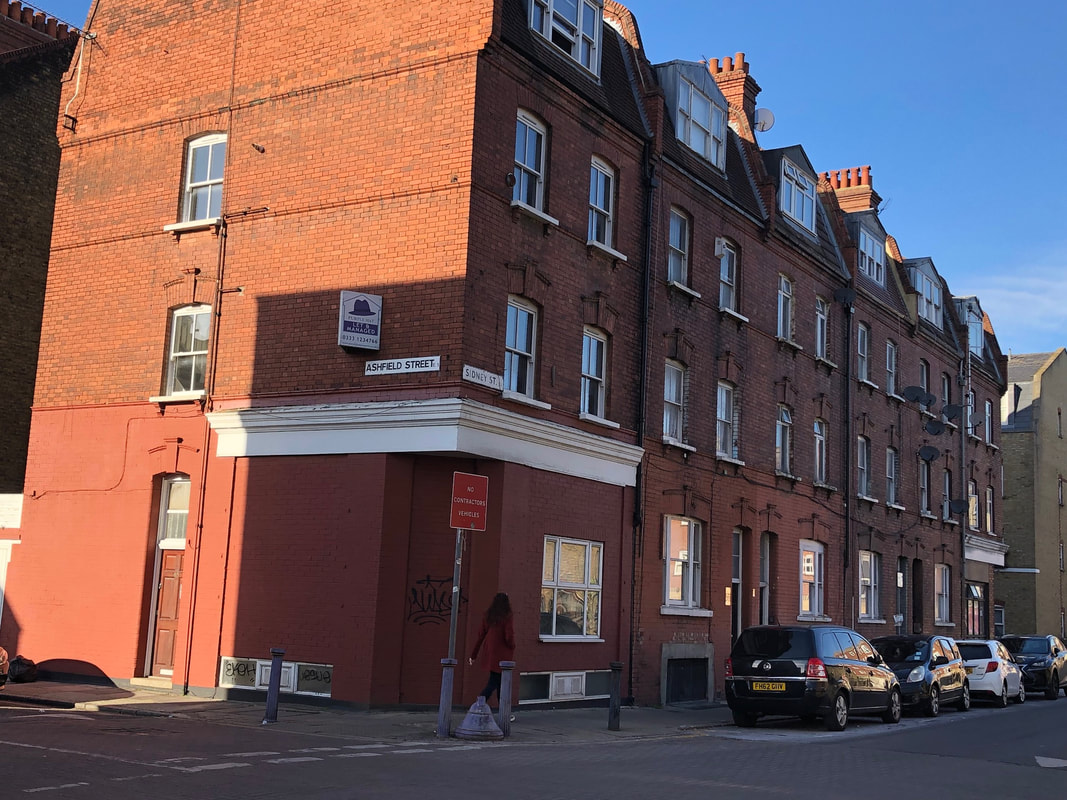
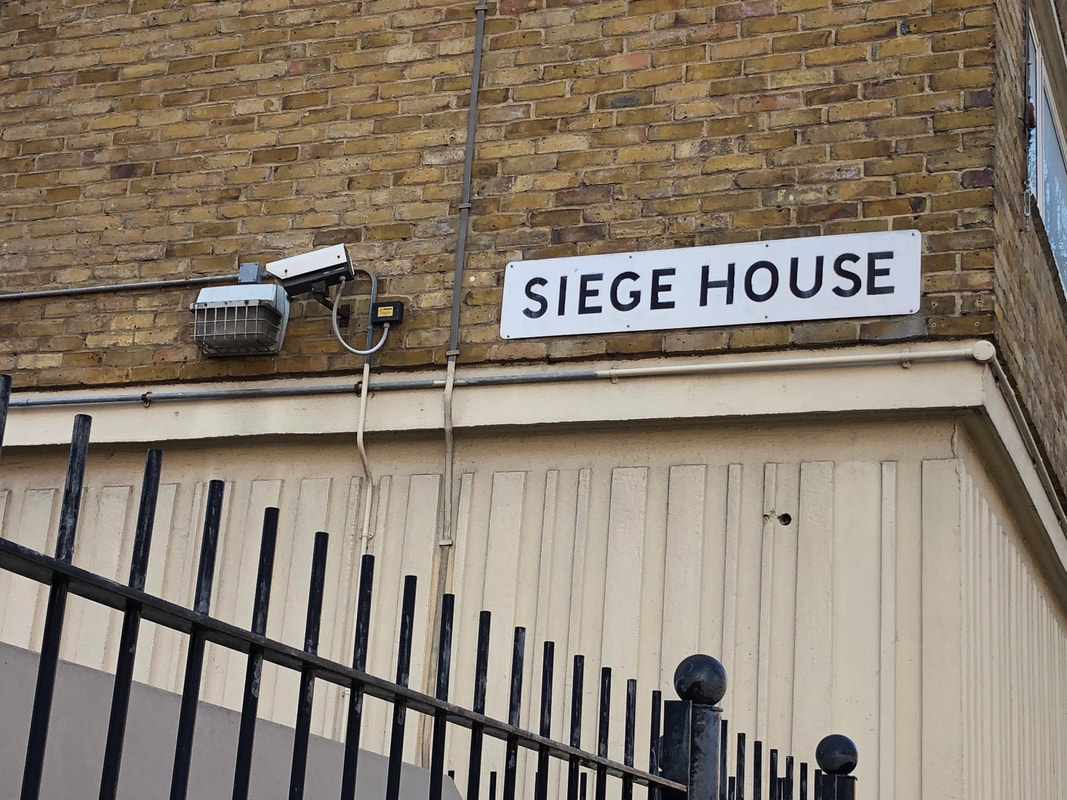
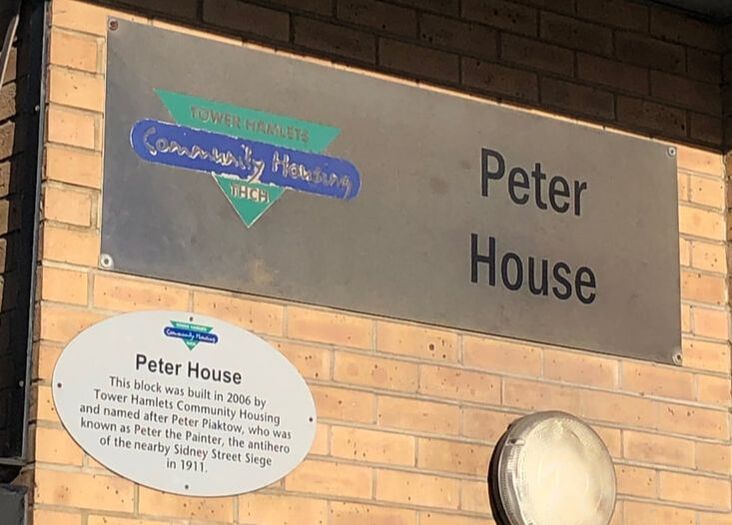
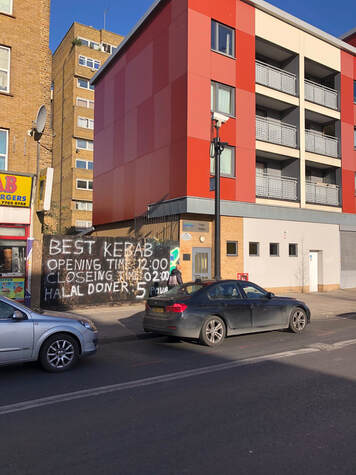
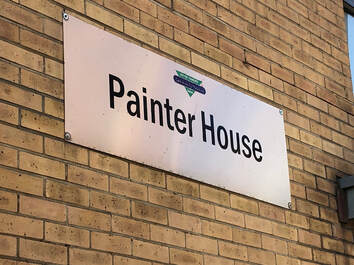
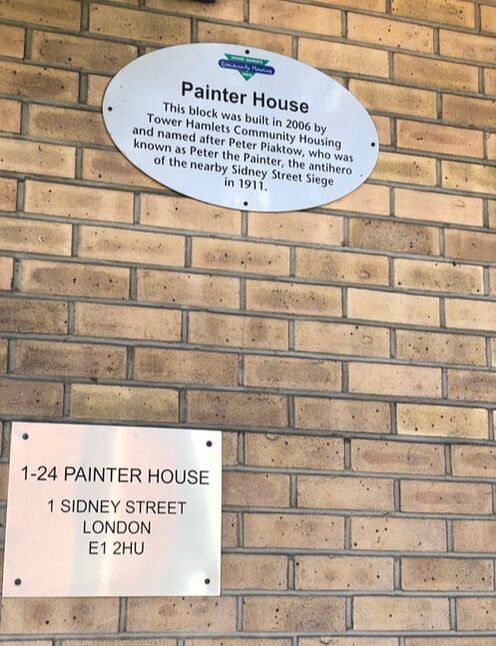
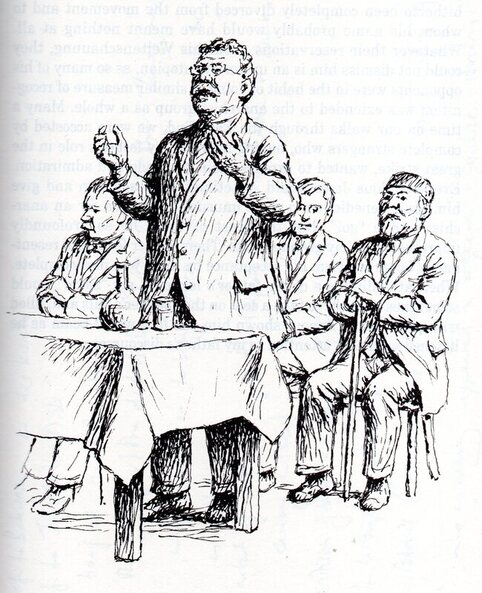
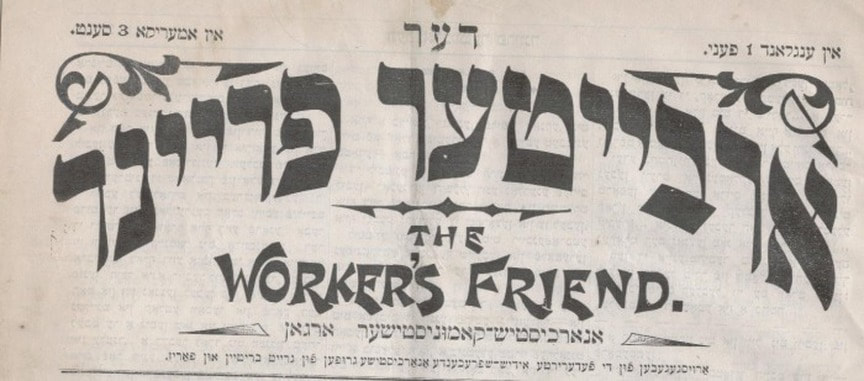

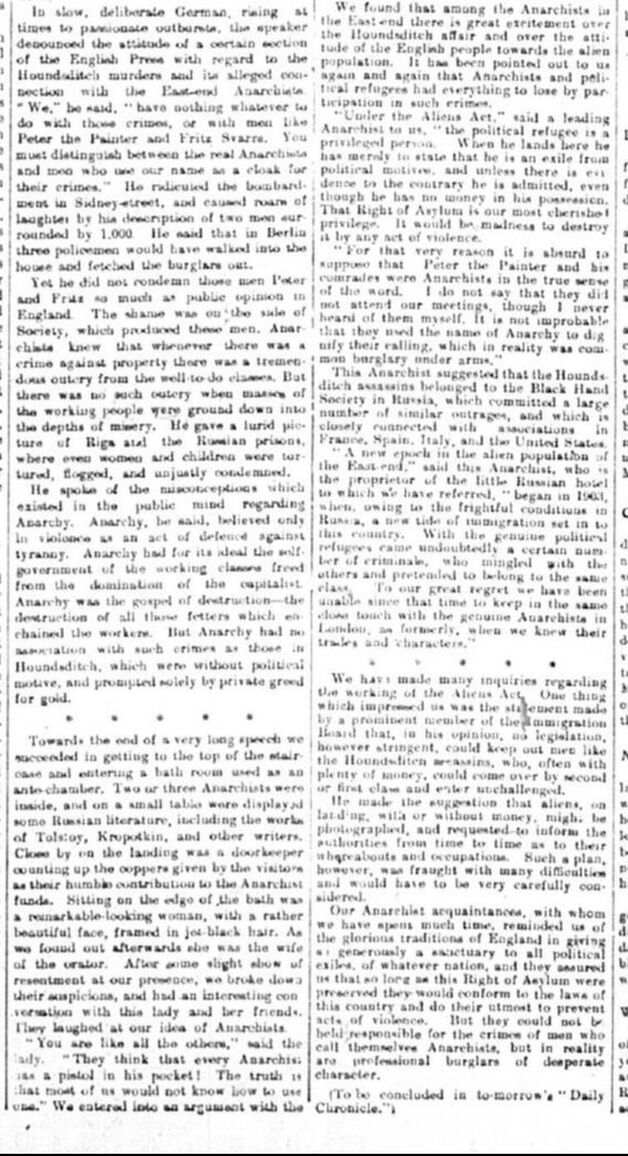
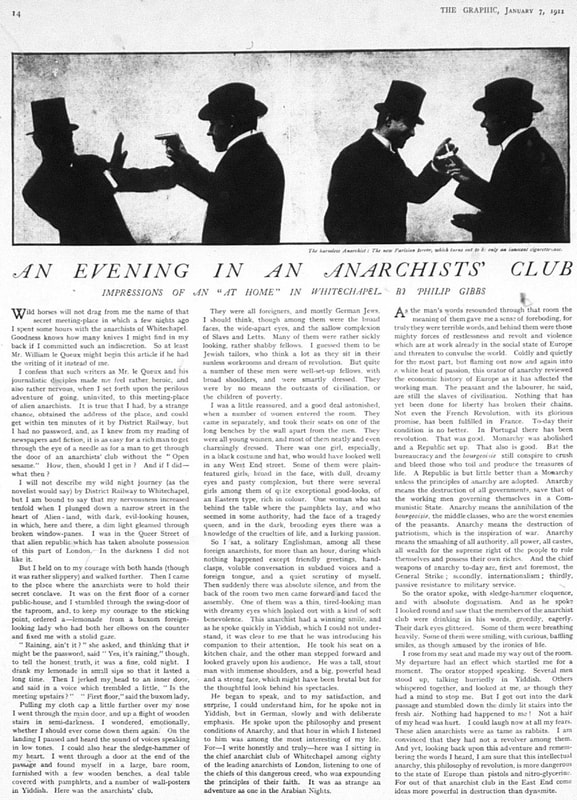
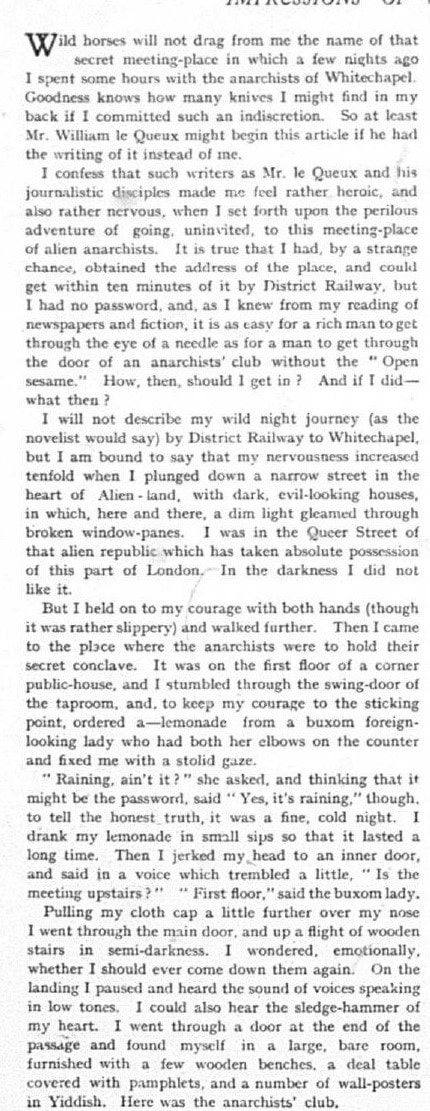
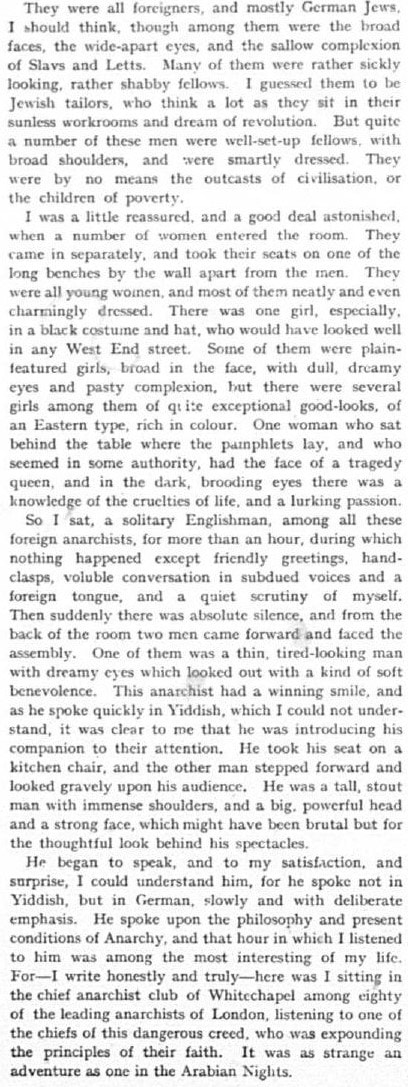
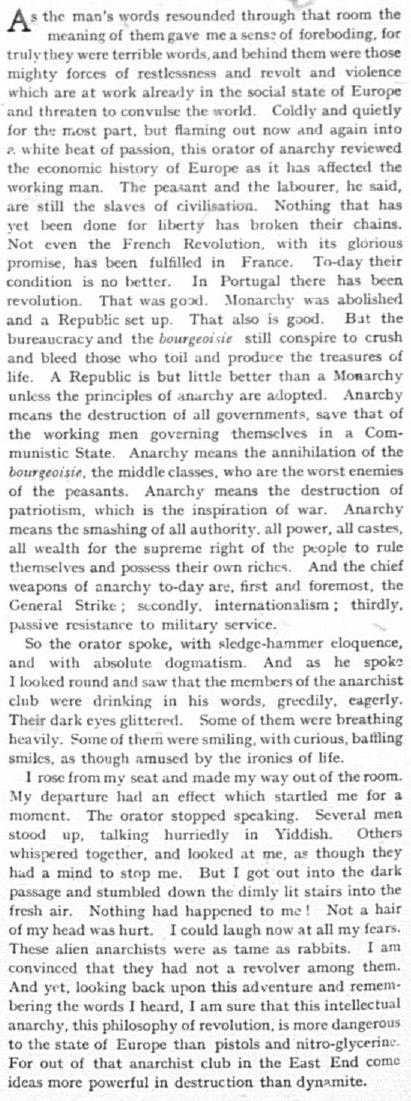

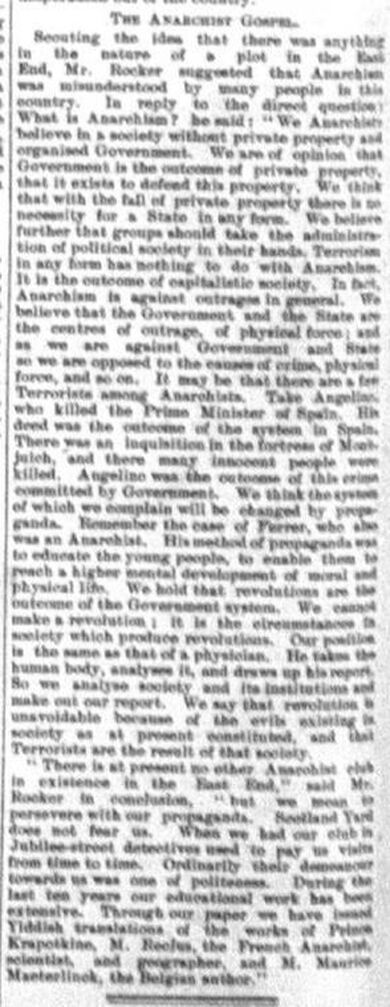
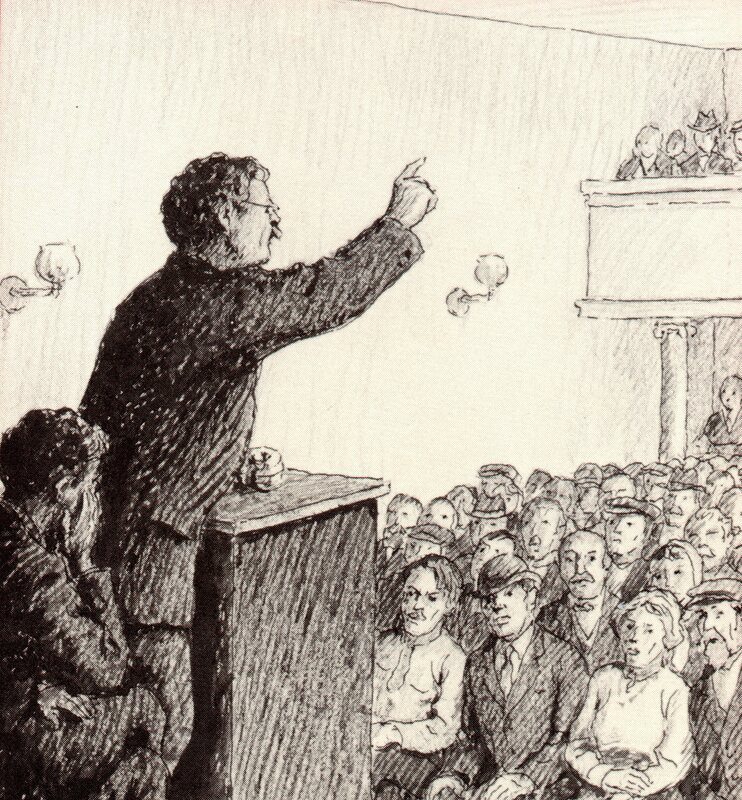
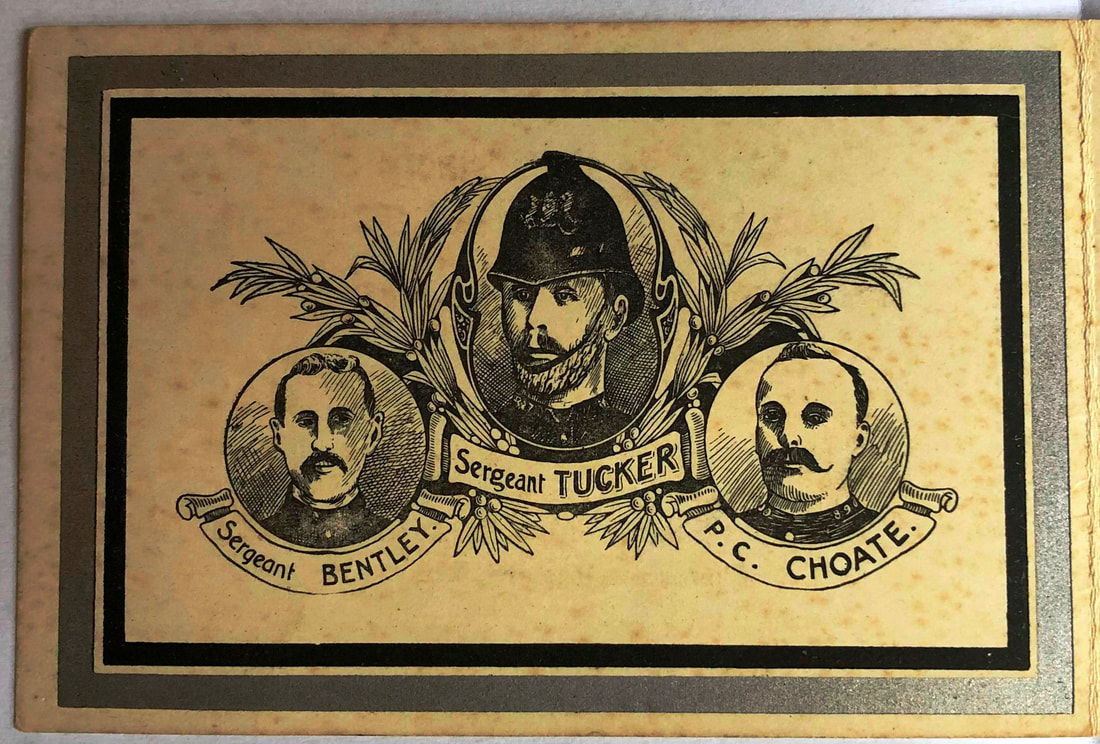

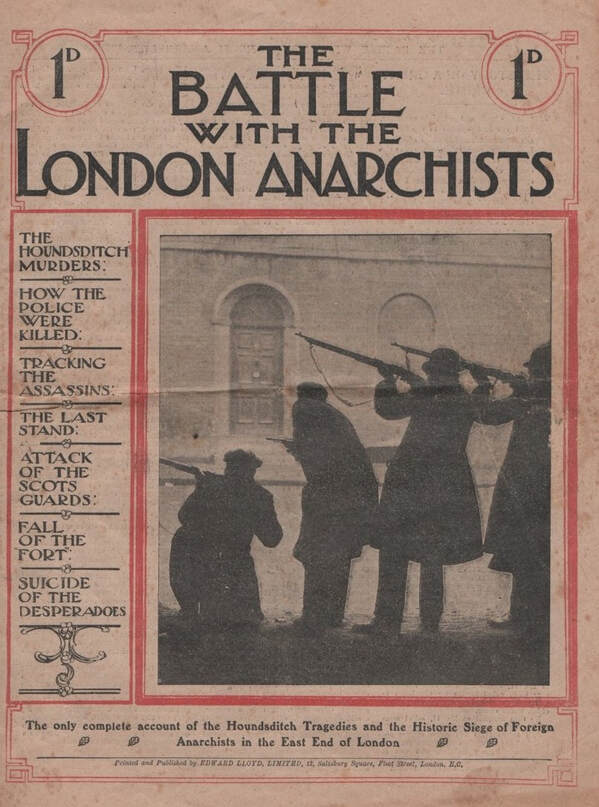
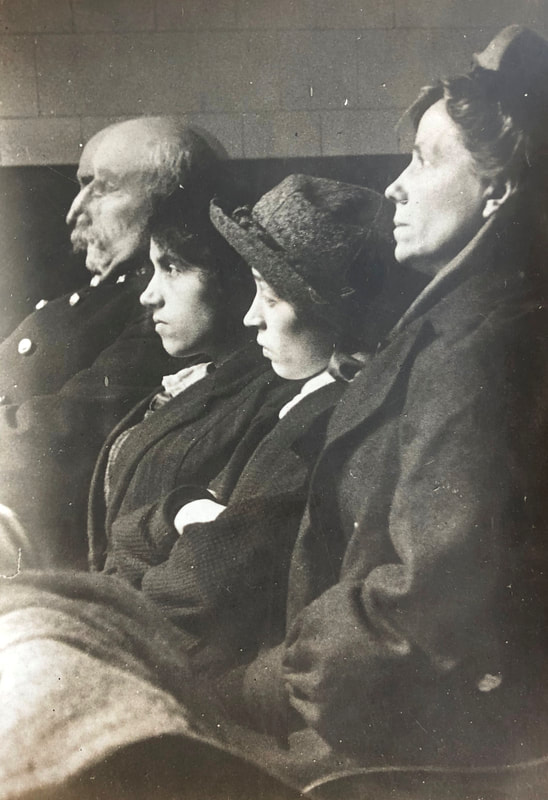
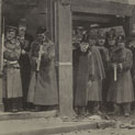
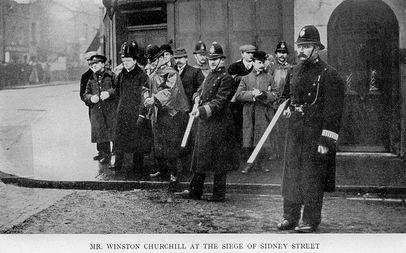
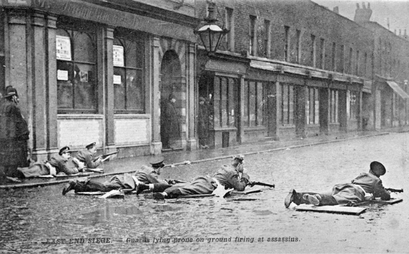
 RSS Feed
RSS Feed